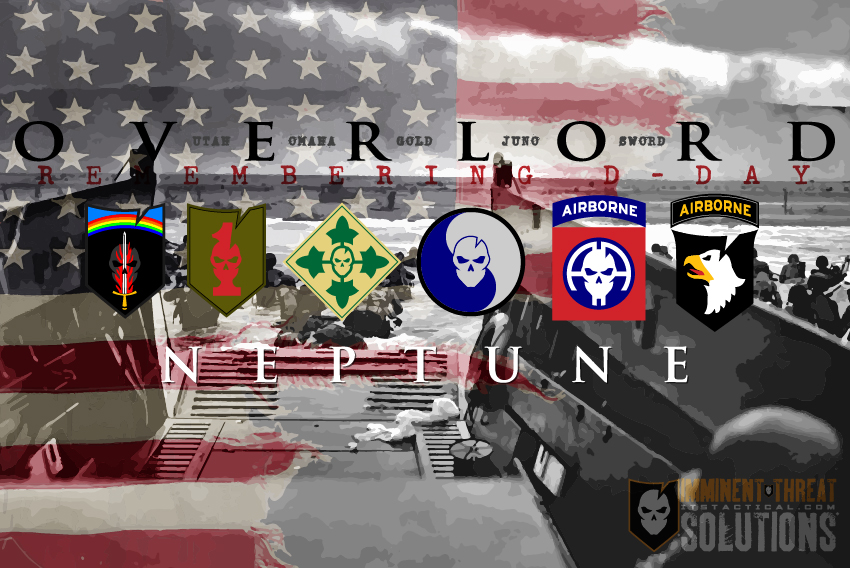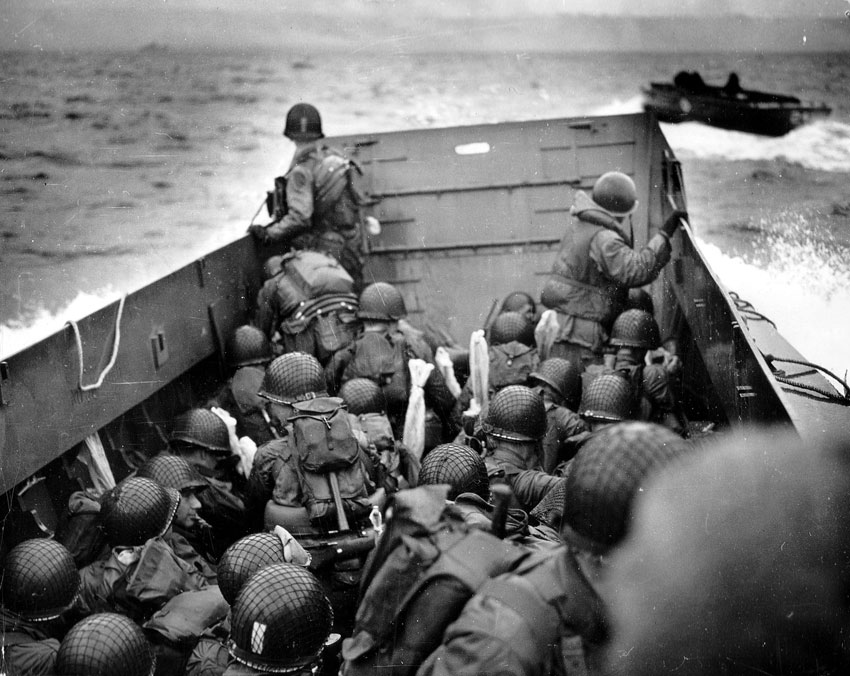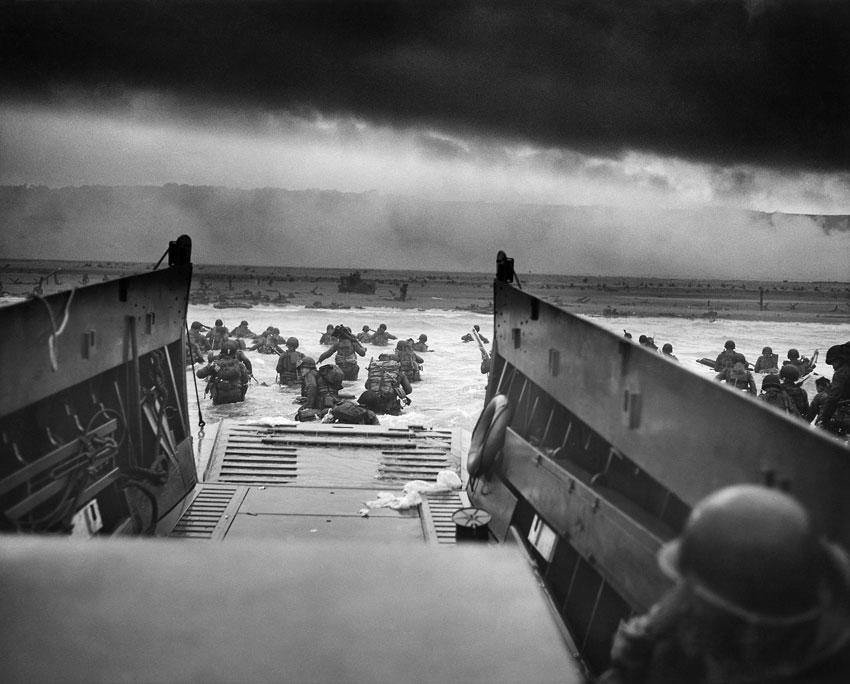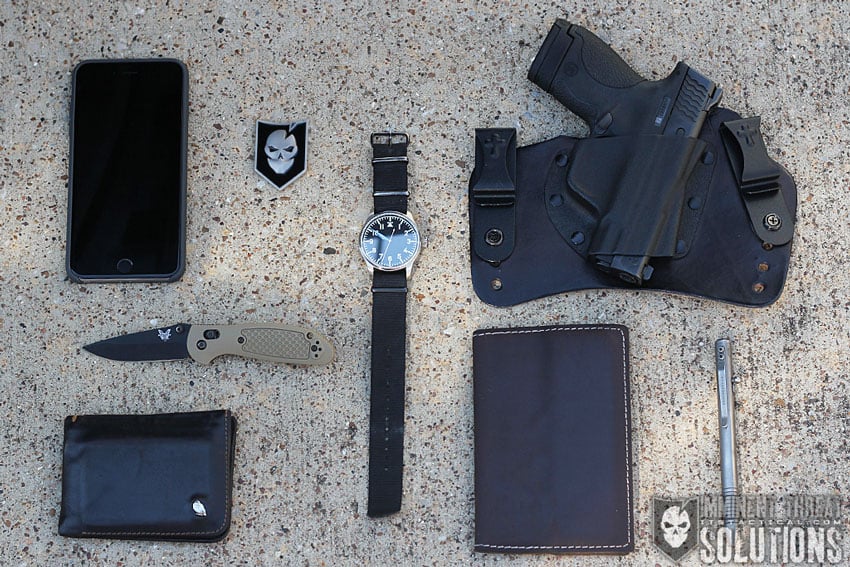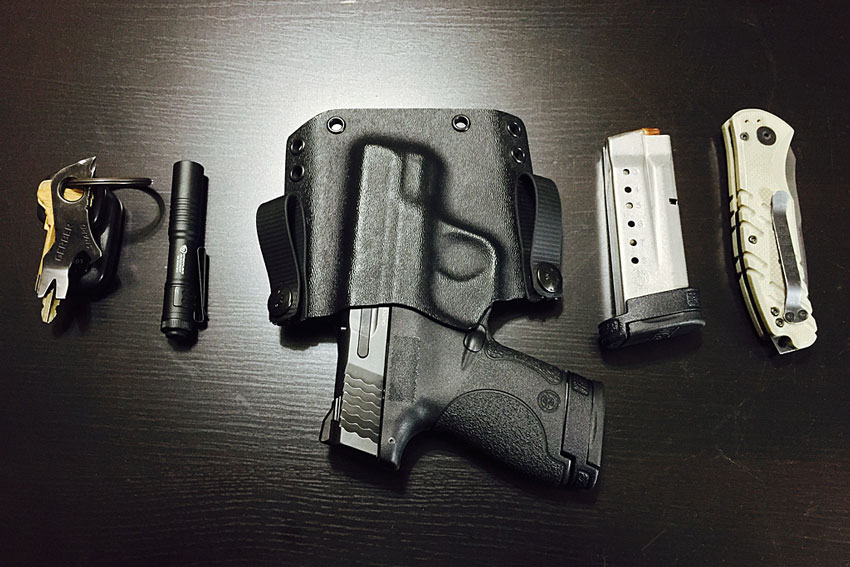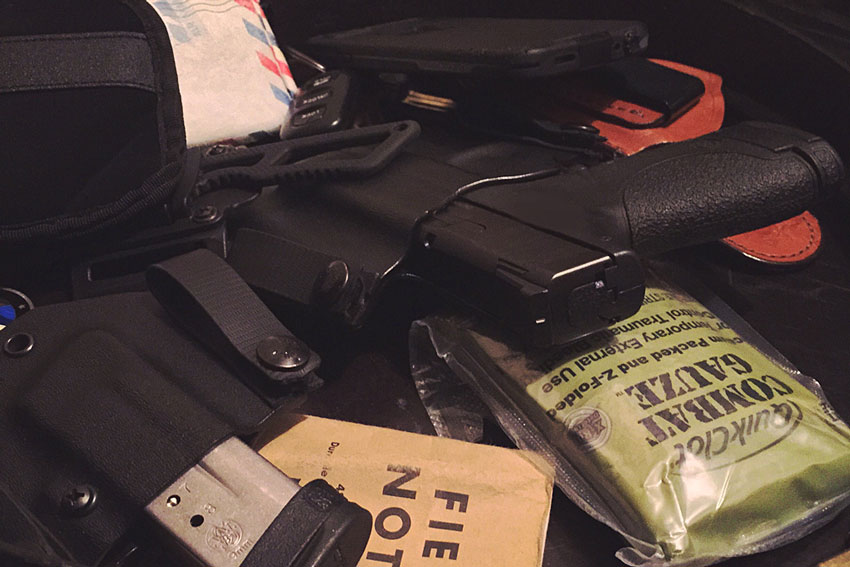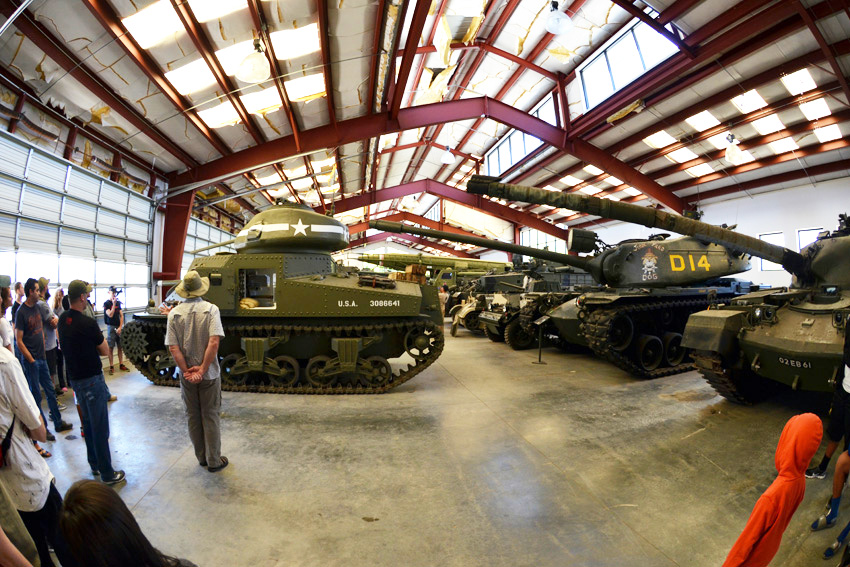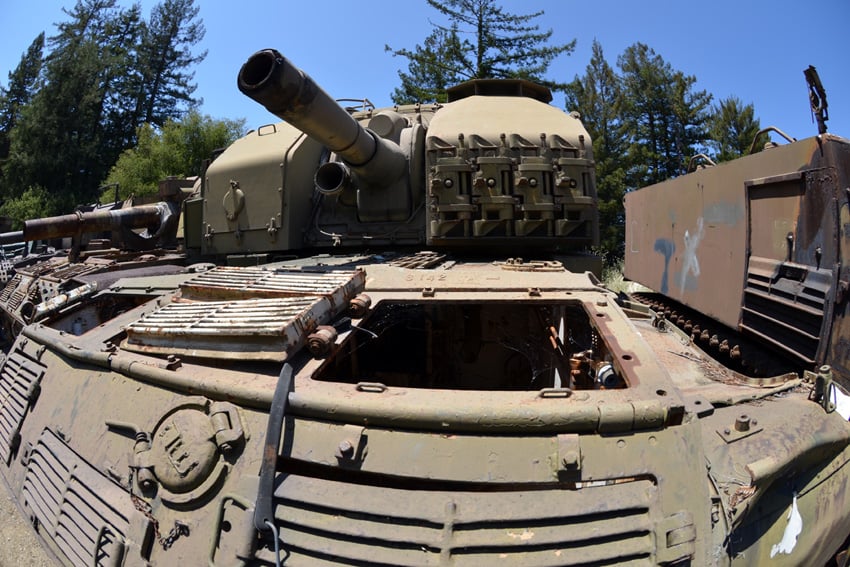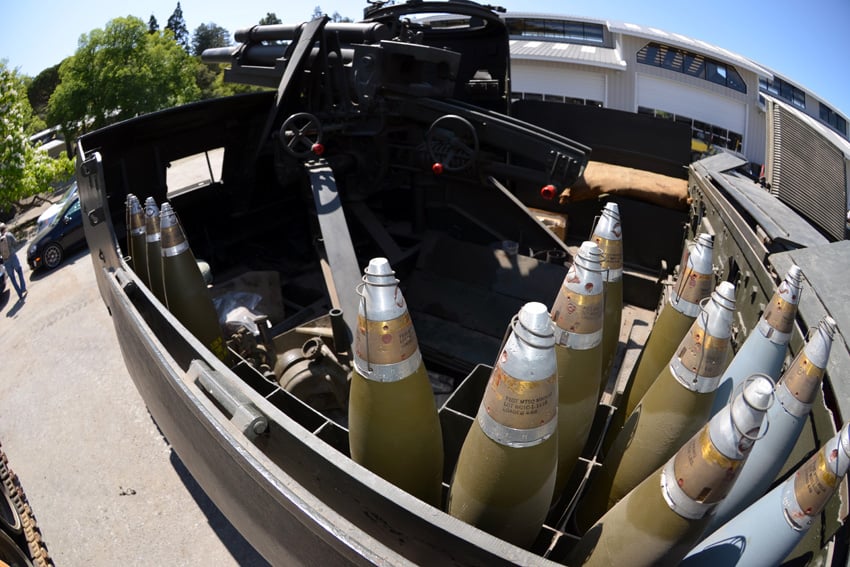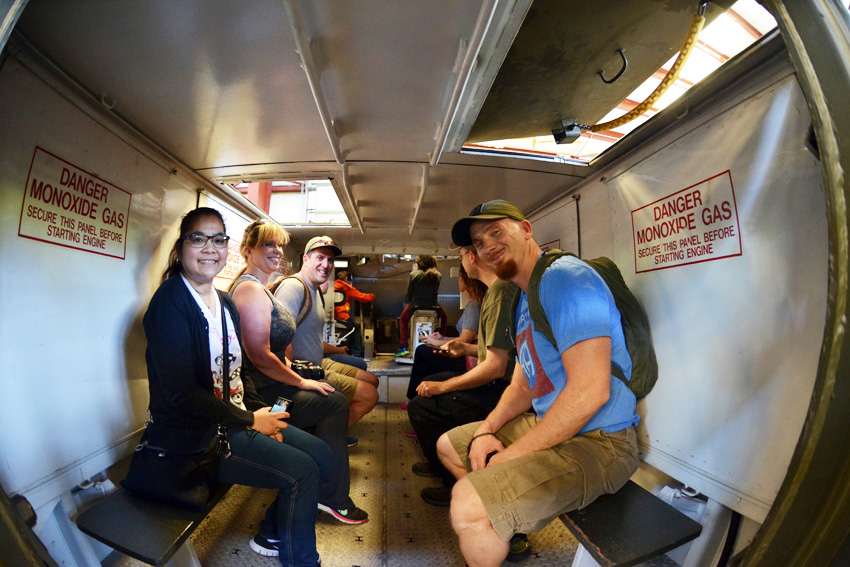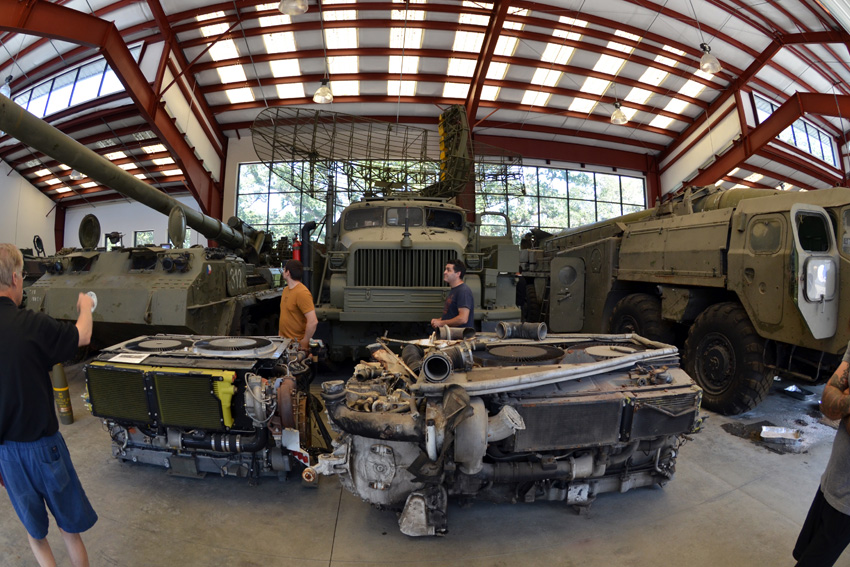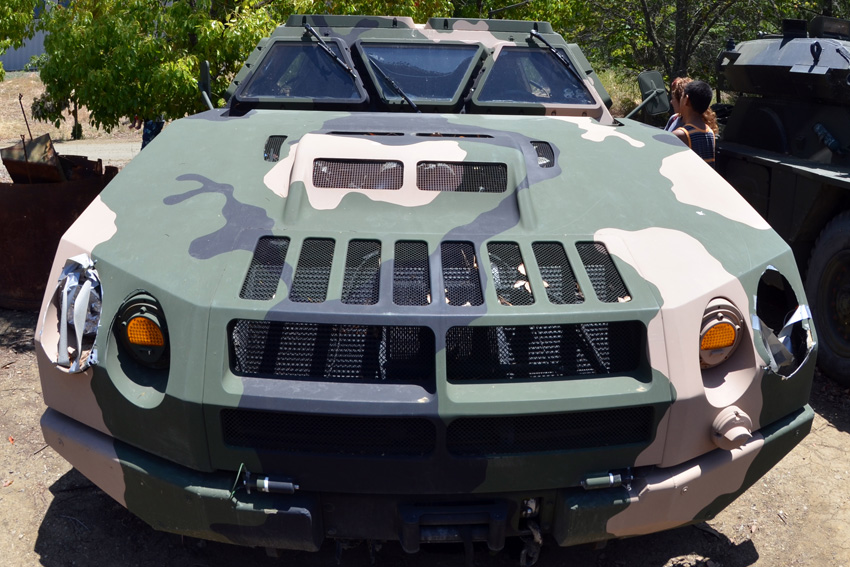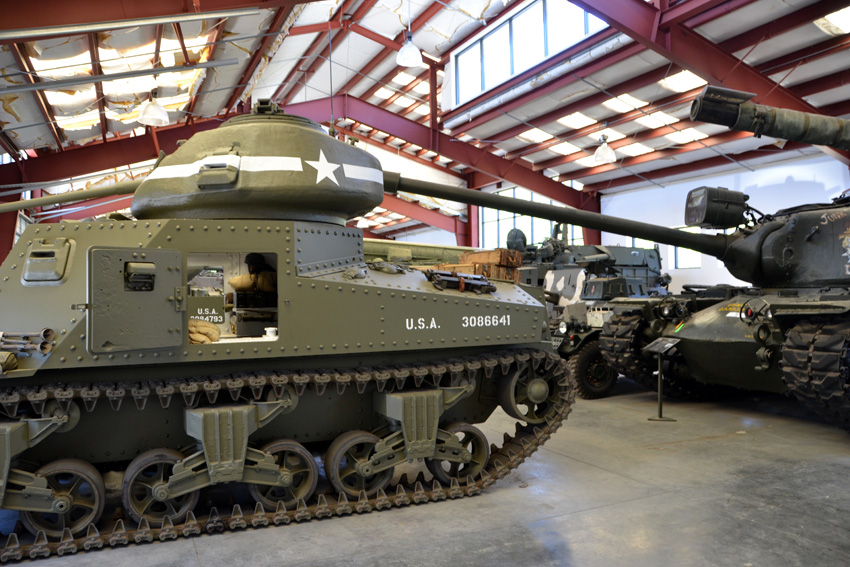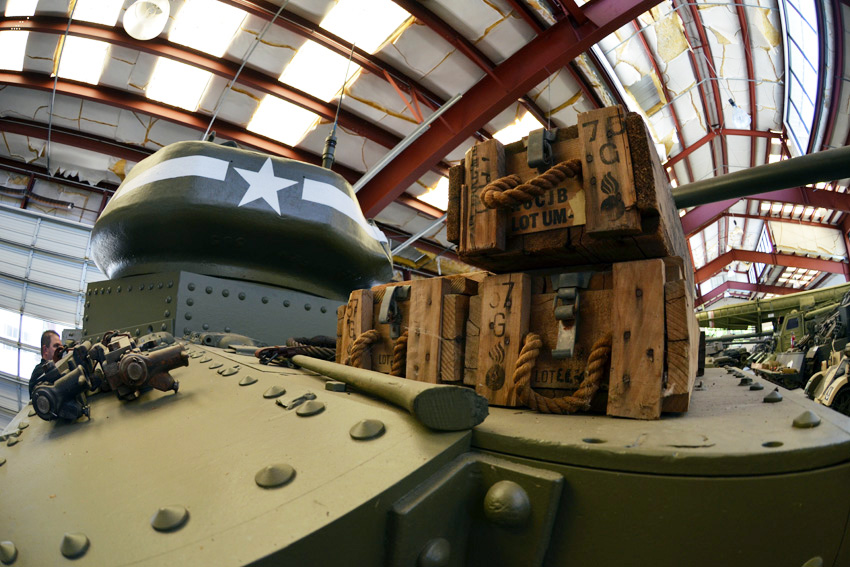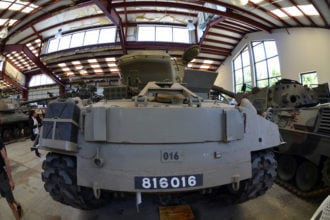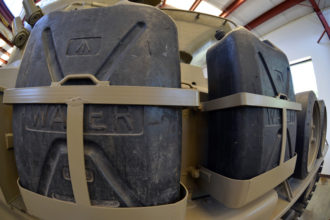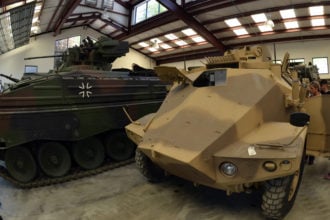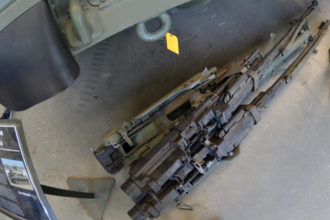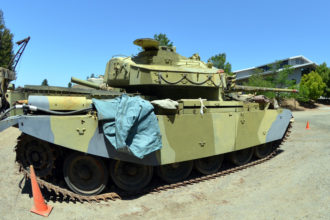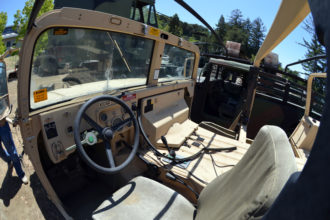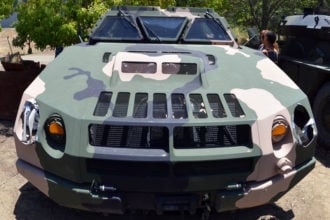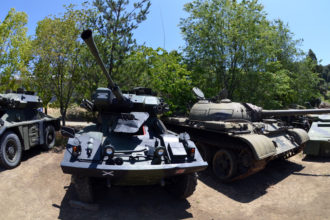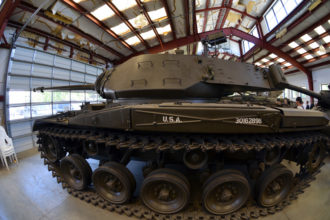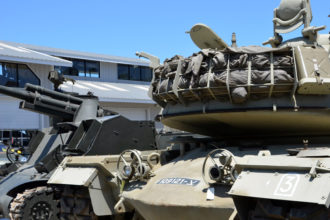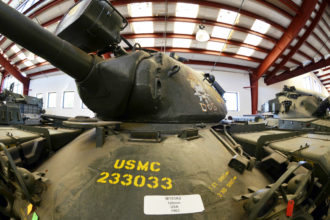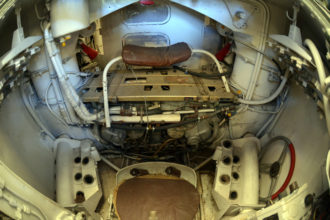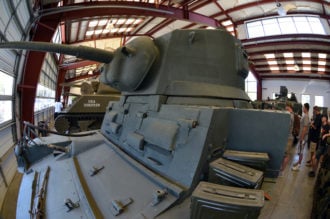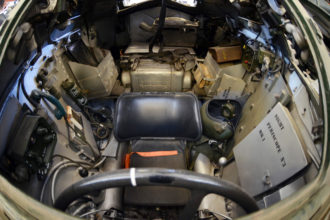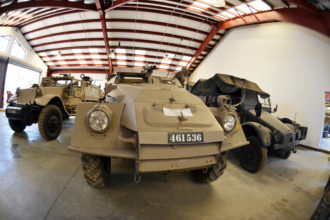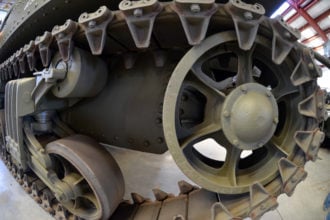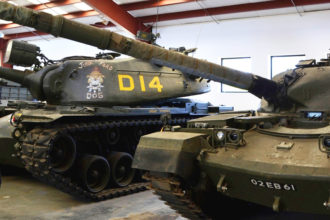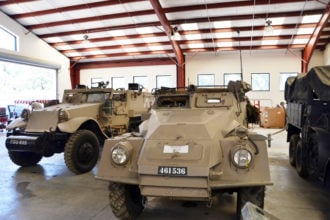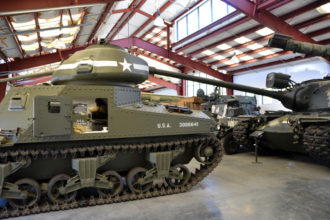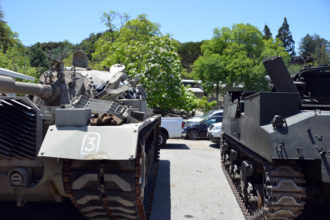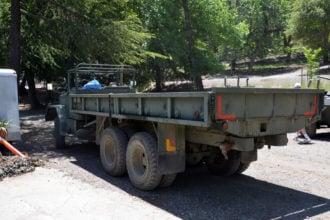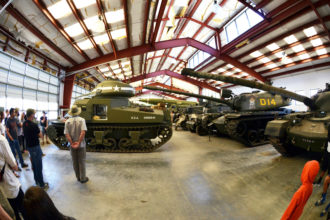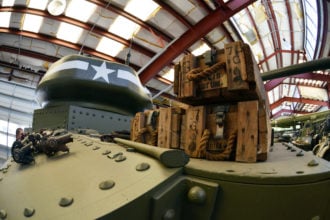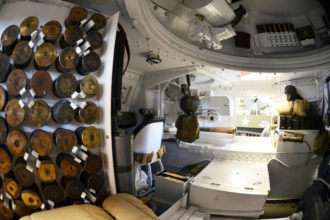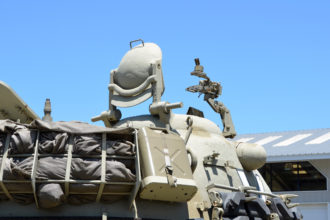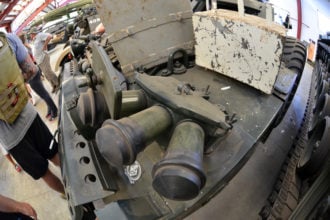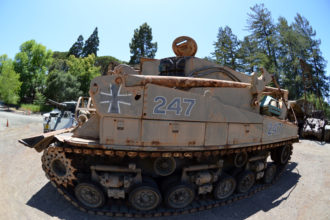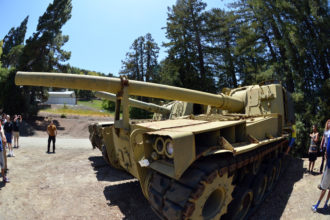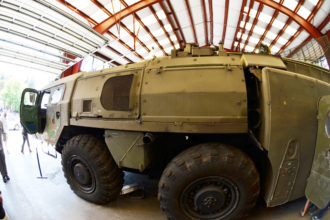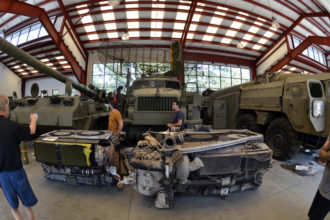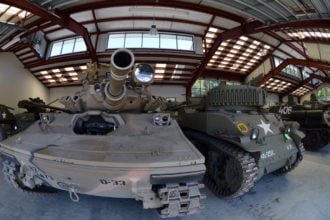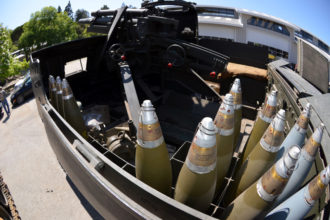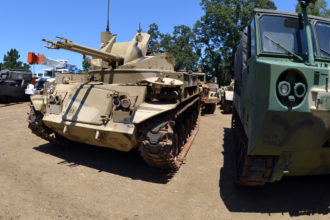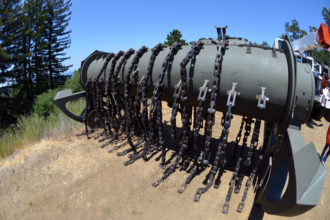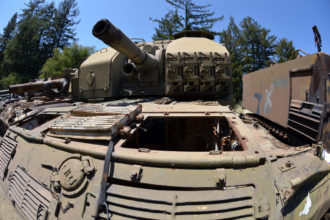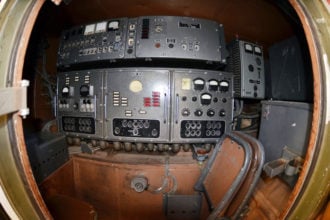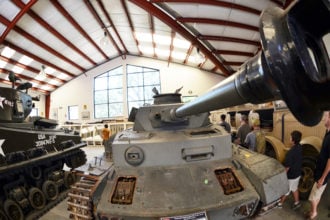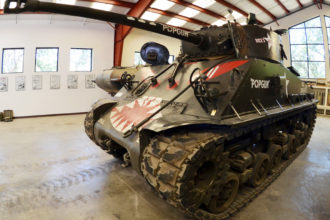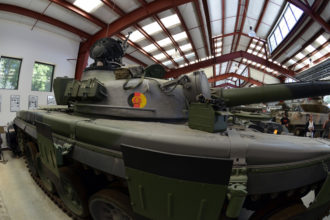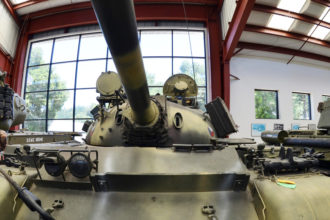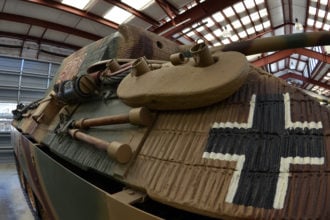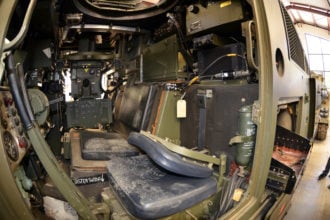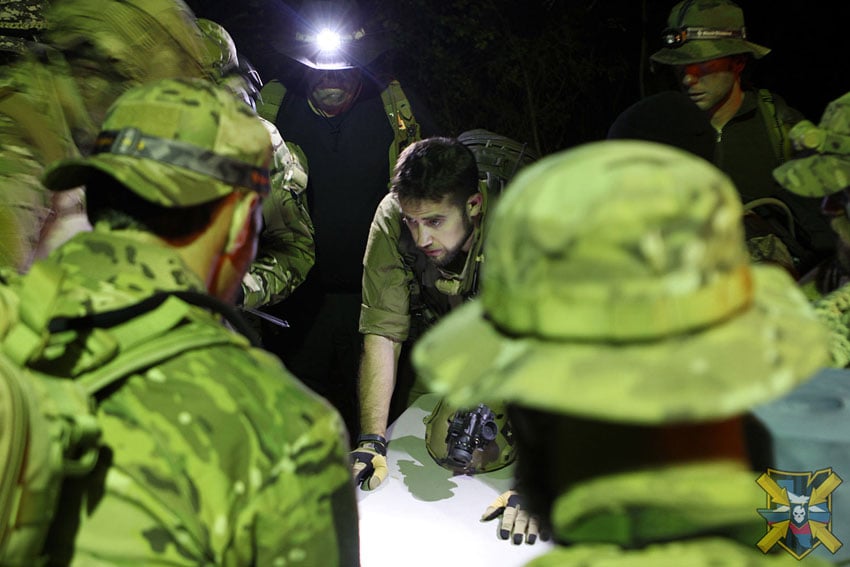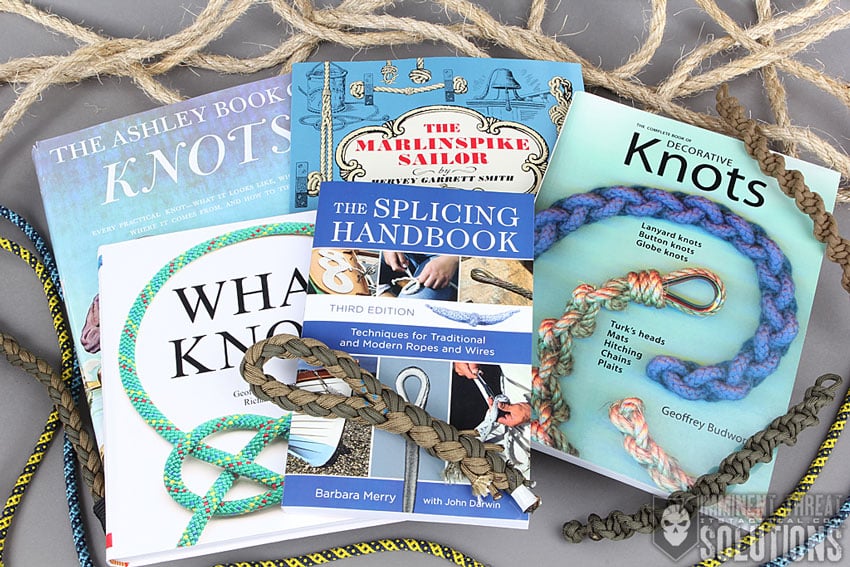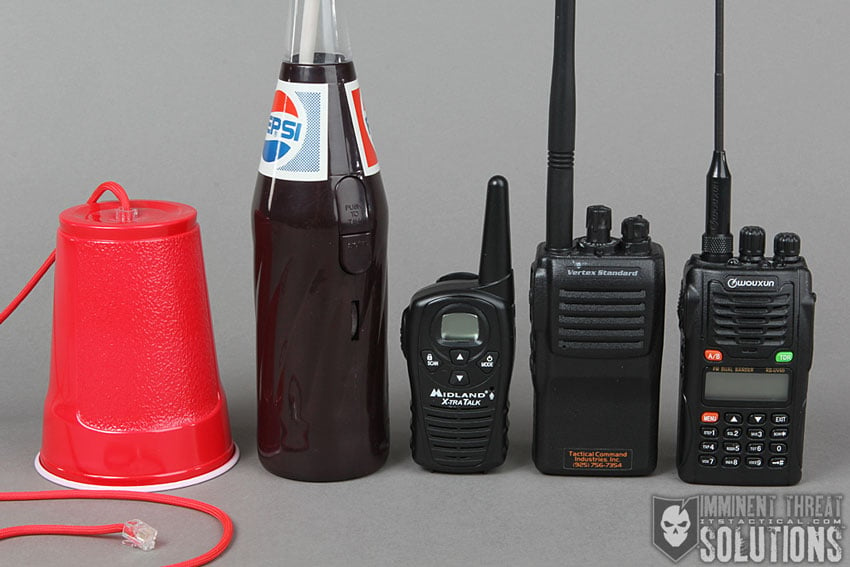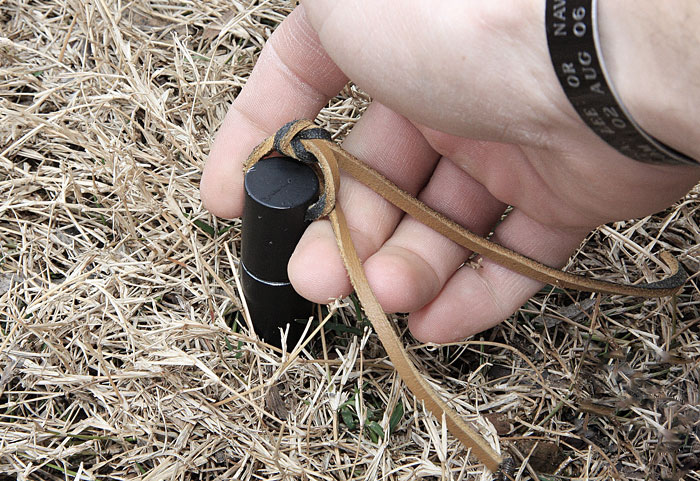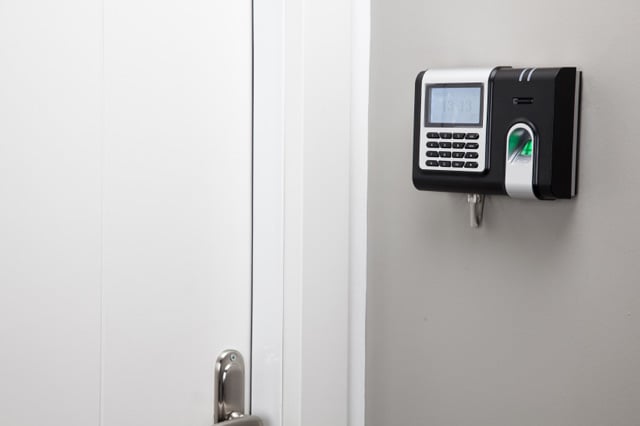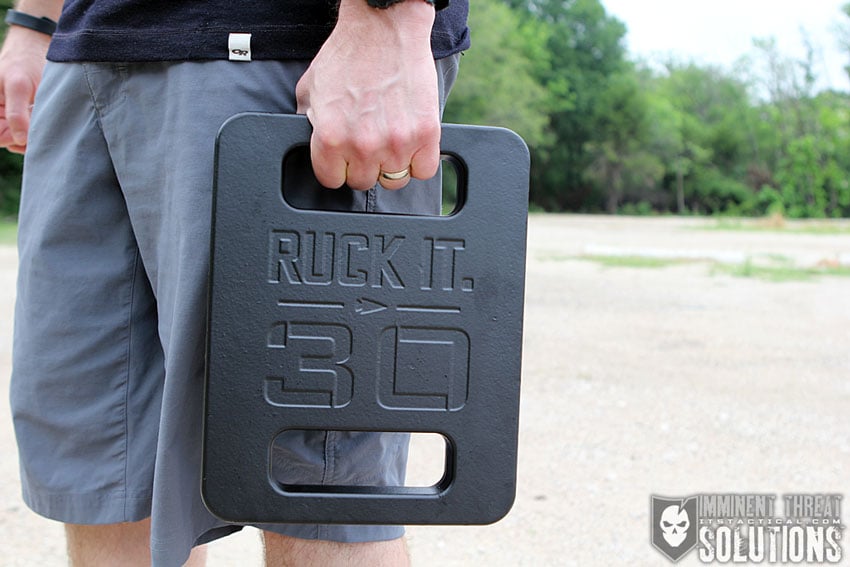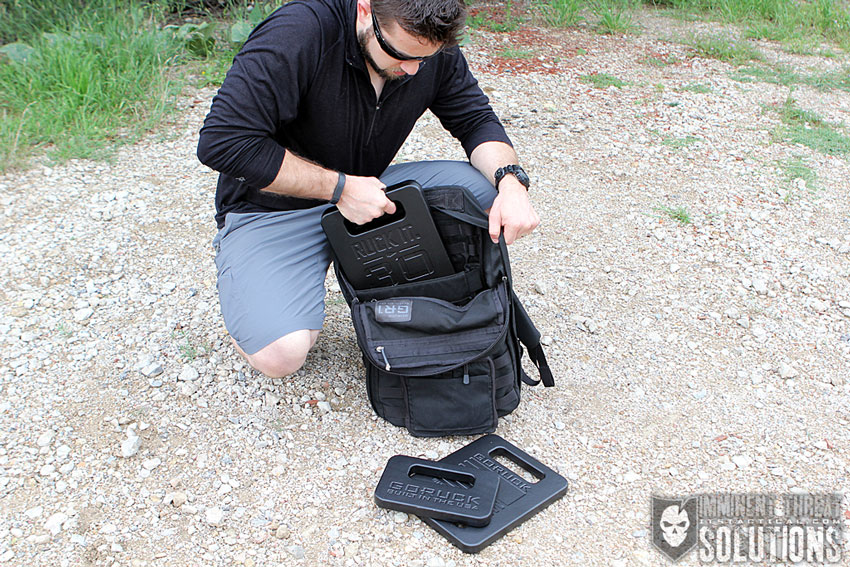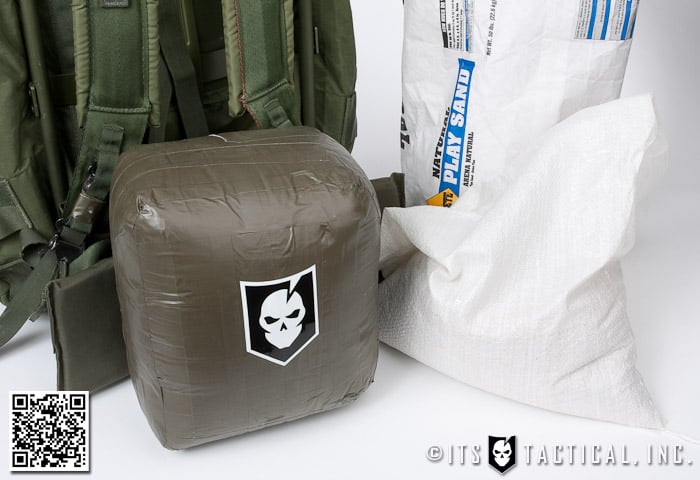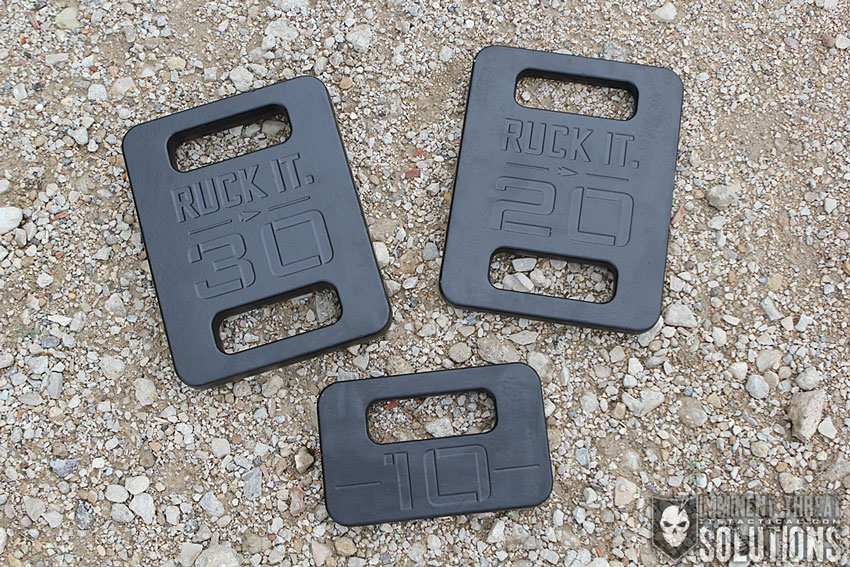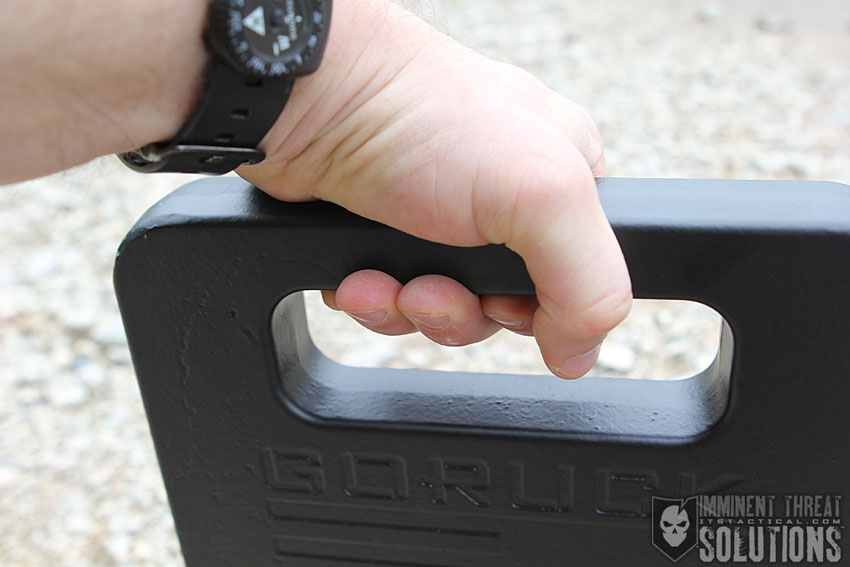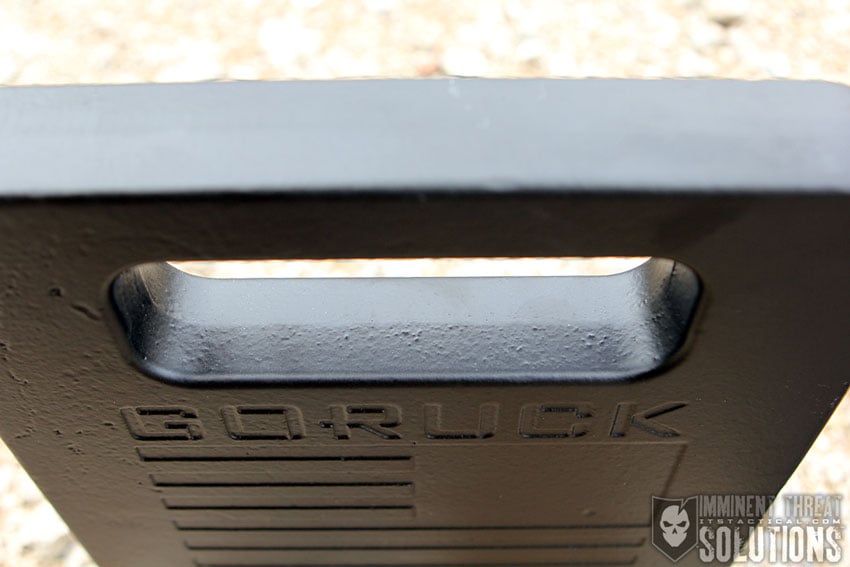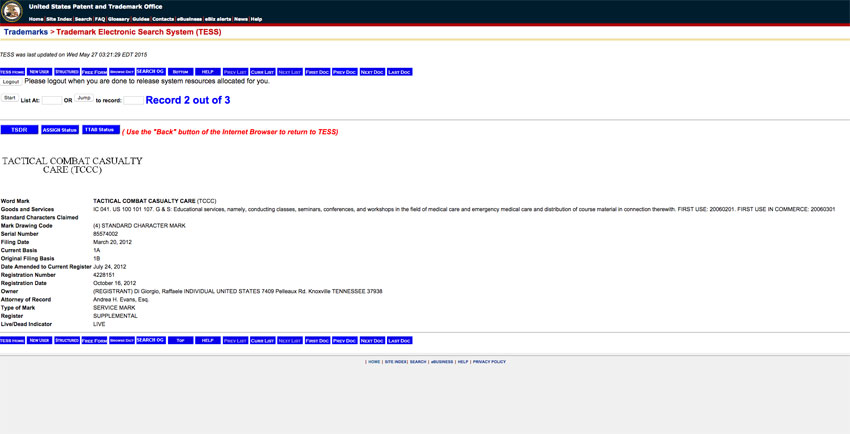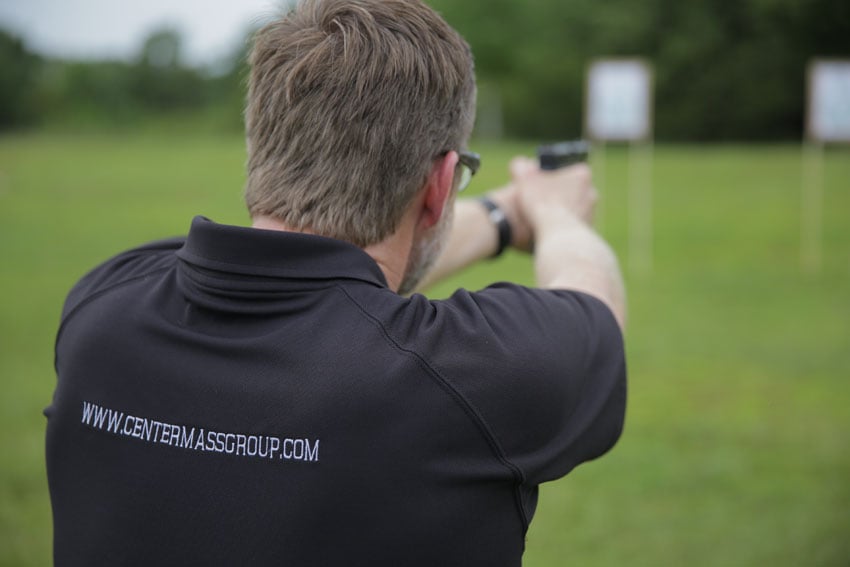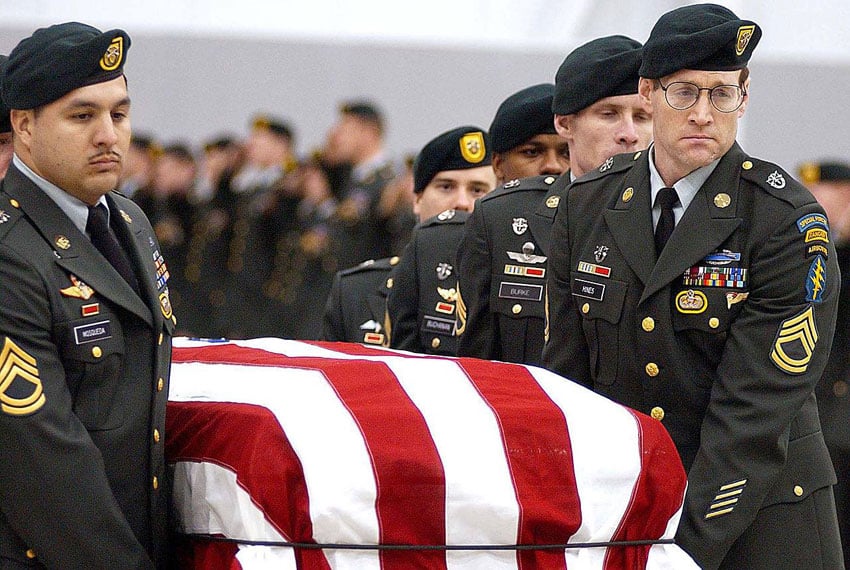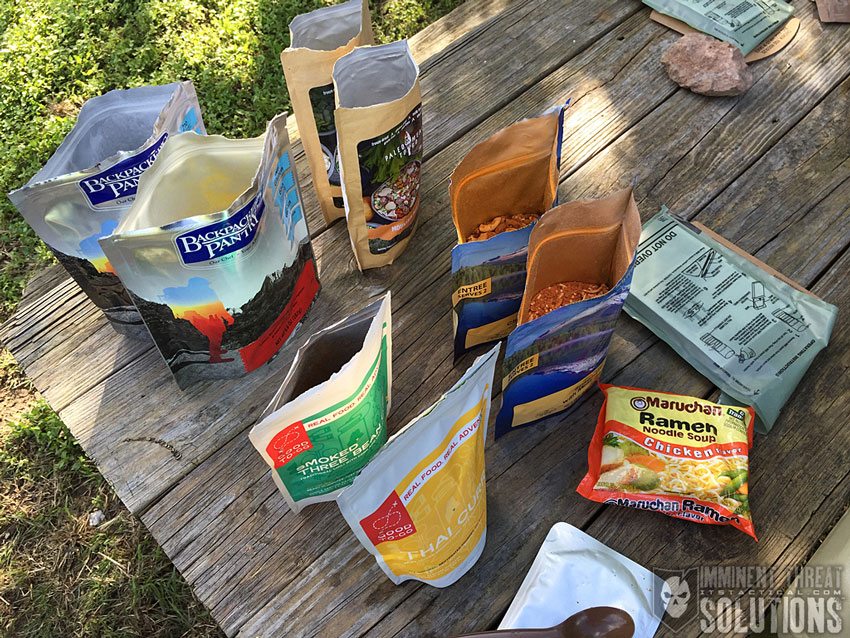
Our outdoor meal comparison has been a long time coming and includes a selection of two different meals from nearly all of the companies included. Some you’ll instantly recognize from your local outdoor store and some you might not have heard of.
The goal here was to come up with criteria that best evaluated what makes an outdoor meal worth purchasing. The results you’ll read were an average score from three different people, including myself, that each observed the preparation of the meals and tasted them for themselves. Tastes are different with every person out there, so we also included criteria like consistency, appearance, texture, ease of prep, prep time, portability, packaging, satisfaction and fulfillment.
One last thing I’ll mention before I get into the details of the comparison, is my choice to describe these as outdoor meals rather than backpacking meals. I felt that outdoor meals is a better descriptor, as you don’t necessarily have to be backpacking to enjoy them. All you really need is a way to boil water, or in the case of an MRE (Meal Ready to Eat,) cold water if you want to use the included heater to warm up your meal.
Outdoor Meal Comparison
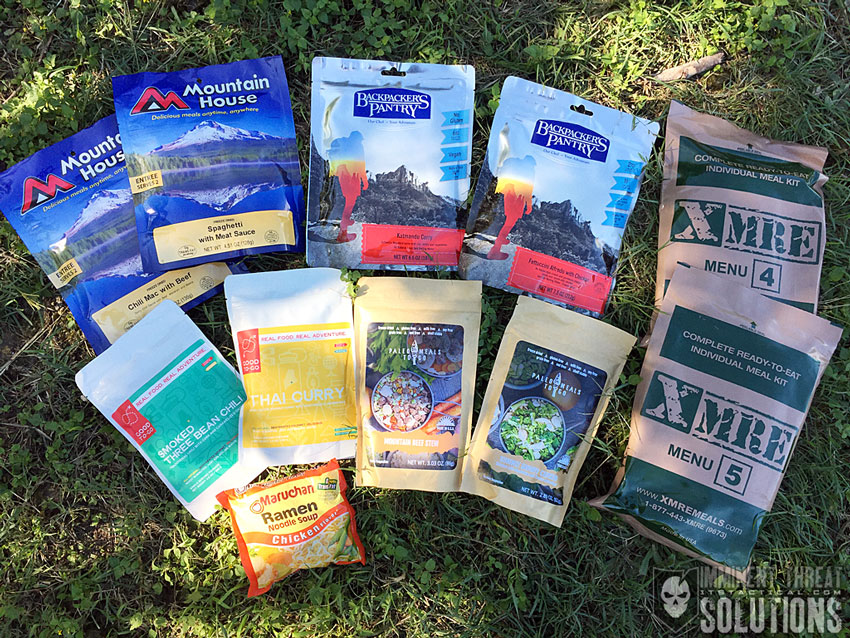
I’d first like to go over the different meals we prepared for this comparison and why they were chosen. In regards to the brands we used in this comparison, we tried to not only include the recognized brands like Mountain House, but also newer companies we came across in our research into what was out there. In the case of the MREs, I’m personally one of the only people I know that actually still enjoys MREs after leaving the military. That being said, XMRE is a newer civilian MRE manufacturer and I wanted to include their meals, having never tried them before.
The two meals from each of the brands were completely random and they were either meals we’d never tried or just grabbed from the shelf at REI without consideration to which one was selected. Here’s what we included:
Good To Go
Launched by an award-winning chef, Good To-Go‘s mission is to create real food for real adventure. Their gourmet meals are some of the only dehydrated options in this comparison and feature natural ingredients without preservatives or additives.
Average Prep Time: 20 Minutes // Meals Included: Smoked Three Bean Chili, Thai Curry
Paleo Meals To Go
Designed to bring the first truly paleo and gluten-free meal to market for backpacking, Paleo Meals To Go features an offering of freeze-dried, gluten-free, grain-free, milk-free, soy-free, protein-rich and shelf-stable ingredients for your meals on the go.
Average Prep Time: 4-6 minutes // Meals Included: Mountain Beef Stew, Summit Savory Chicken
Backpacker’s Pantry
Founded in 1951 to supply the Girl Scouts with lightweight and nutritious food on the trail, Backpacker’s Pantry produces gourmet backpacking food that doesn’t contain MSG. Many of their meals are all-natural or organic and contain both freeze-dried and dehydrated ingredients as well.
Average Prep Time: 13 Minutes // Meals Included: Katmandu Curry, Fettuccine Alfredo with Chicken
Mountain House
Located in Oregon, Mountain House got its start producing better tasting home-cooked flavor meals for the US Special Forces during the Vietnam War. They’ve continued to produce meals for the Special Forces and other branches of the military ever since and gained popularity in the consumer market after they realized the demand for freeze-dried food back in 1968.
Average Prep Time: 8-10 minutes // Meals Included: Chili Mac with Beef, Spaghetti with Meat Sauce
XMRE
Featuring ready-to-eat components, XMRE meals utilize current US Military MRE components. While being fully cooked and not requiring water, an optional flameless heater can heat up your meal in 5-10 minutes. What’s also great about XMREs is that they not only sell them by the case and pallet, but individually too.
Average Prep Time: 5-10 minutes (if using heater) // Meals Included: Asian Style Beef Strips (Menu 4), Chicken Egg Noodles (Menu 5)
Maruchan Ramen Noodle Soup
Dubbed “America’s favorite ramen,” Maruchan Ramen Noodle Soup can be found in your local grocer and most likely produced in Maruchan’s Irvine, California plant. Their goal when entering the ramen noodle business in 1961, was to produce a higher quality freeze-dried noodle product.
Average Prep Time: 3-5 minutes // Meals Included: Maruchan Ramen Noodle Soup (Chicken Flavor)
Criteria Explanation
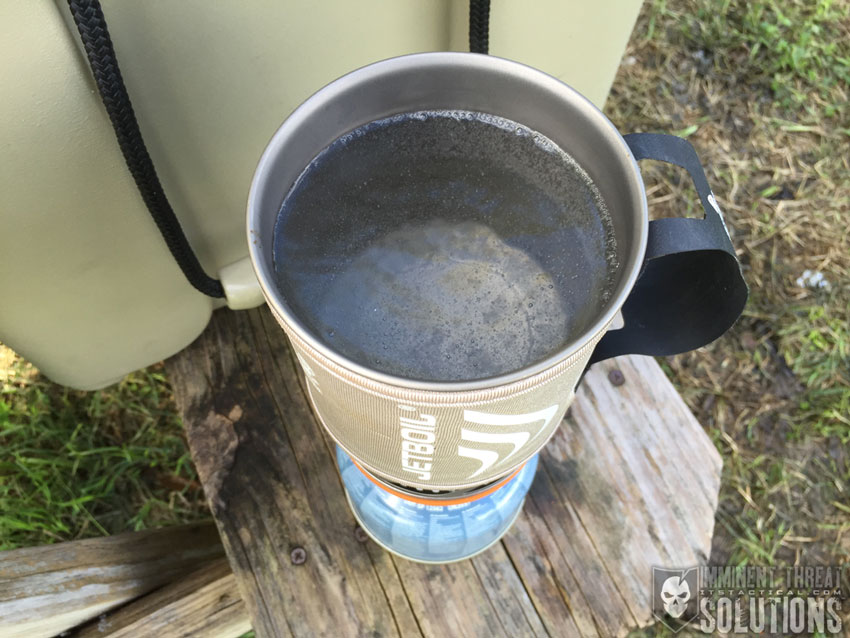
Before we get into the results, I’d like to explain the criteria we used to evaluate each meal on a 1-10 scale (10 being the best) so you understand the thought process behind our descriptions. I’ll also mention that to ensure these were all hot and available to evaluate at generally the same time, a Jetboil Stove was used for its speed in boiling water, internal measuring marks in the container that were helpful in following specific measurements for preparation and the overall consistency of Jetboil. I’ve really been impressed with them over the years and the only negative I’ve had is the inconsistency of the optional built-in igniter, but I digress.
- Consistency was evaluated based on the overall soupiness of the meal after it was prepared according to the company’s instructions on the meal itself.
- Appearance is something that’s always going to be up for interpretation, but the way we evaluated it here was whether it looked appetizing after it was cooked.
- Texture was included as more of a subcategory of appearance, as texture is important to your senses. If it looks like broccoli, but melts in your mouth, there’s an issue.
- Ease of Preparation was tough to nail down, as many of these meals are prepared the same way; with boiling water.
- Preparation Time was strictly adhered to by utilizing a stopwatch and meals that rehydrated in less time scored better in this specific category. We’re fairly close to sea level here in Texas, so we didn’t need to increase time based on elevation, but it’s something to keep in mind when selecting meals for a trip. Backpacker’s Pantry was the only company to mention this on their packaging and stated to double the time for every 5,000 feet in elevation. Times ranged from 20 minutes at the slowest (Good To-Go) to 4-6 minutes at the fastest (Paleo Meals To Go.)
- Portability only took a hit on the Ramen Noodles, as every other meal was equally as portable. We didn’t evaluate weight, but with an MRE including so many extras, it didn’t seem right to dock it points in this comparison. Plus, you can always Field Strip an MRE.
- Packaging was looked at in regards to its durability and whether it would survive if a your pack floated down the river. We also looked at the quality of the ziploc-style closure and how easy it was to open with gloved hands.
- Taste again is relative as explained earlier and this score, like each of the criteria we used to evaluate, is an average of three different scores.
- Satisfaction was noted as a way to determine if you’d feel satisfied when eating the meal, or if it left more to be desired.
- Fulfillment is an important part of a meal as well and plays along with satisfaction. We evaluated whether eating the meal would be enough to fuel your adventure.
Overall Results

Individual Meal Photos and Scores
Below you’ll find the breakdown of the scores provided in the chart above and detailed photos of each meal’s packaging and contents; before and after it was rehydrated, heated or cooked.
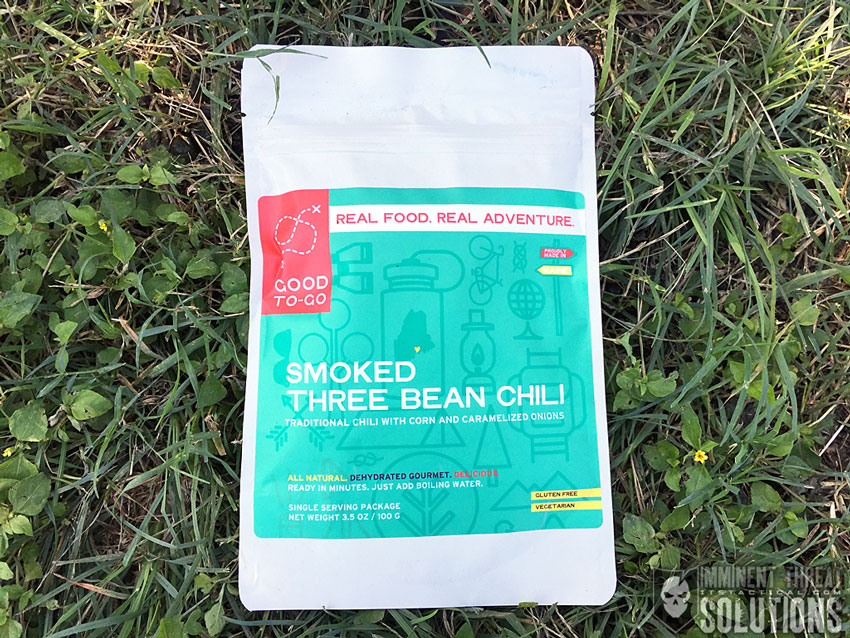
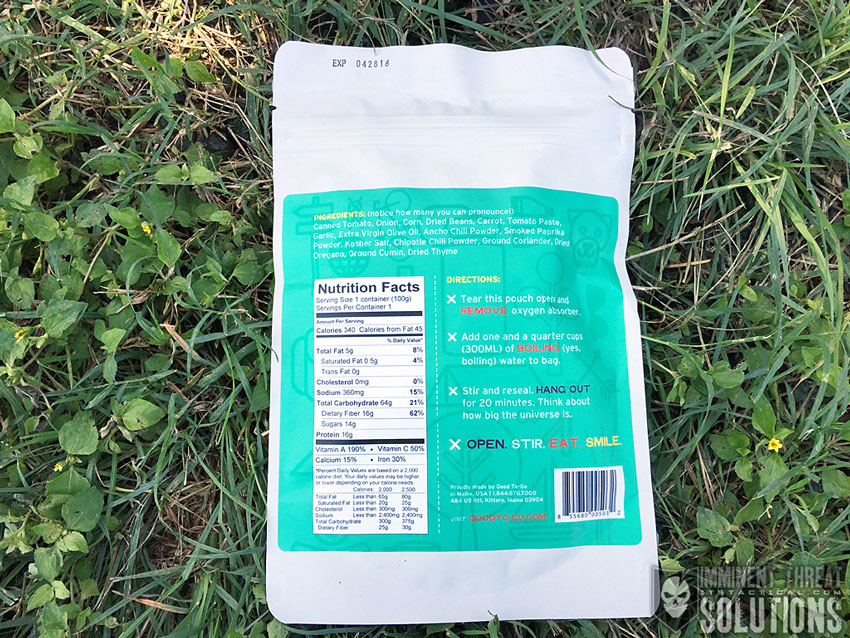


Good To-Go – Smoked Three Bean Chili
- Consistency: 10
- Appearance: 10
- Texture: 8
- Ease of Prep: 8
- Prep Time: 5
- Portability: 8
- Packaging: 10
- Taste: 10
- Satisfaction: 10
- Fulfillment: 10
- Overall Score: 89 out of 100
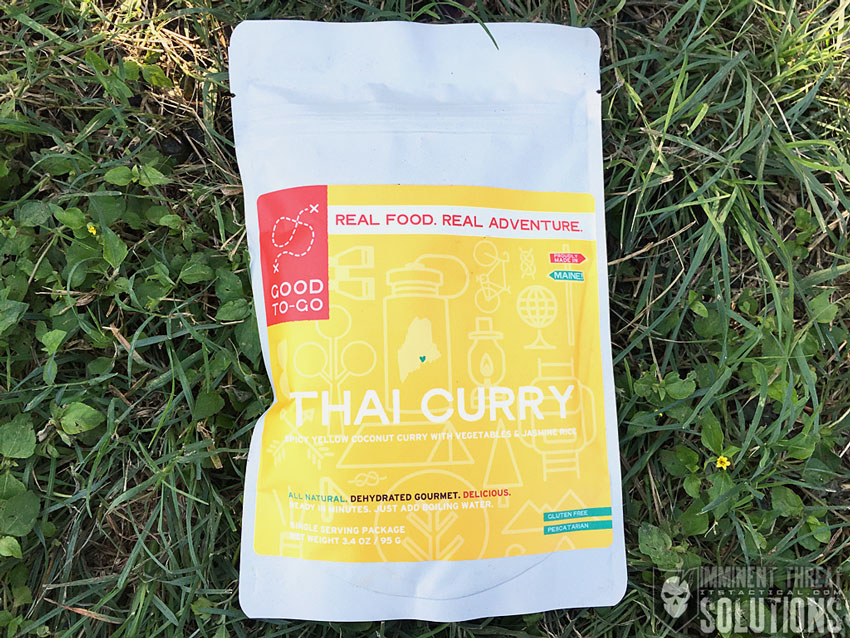
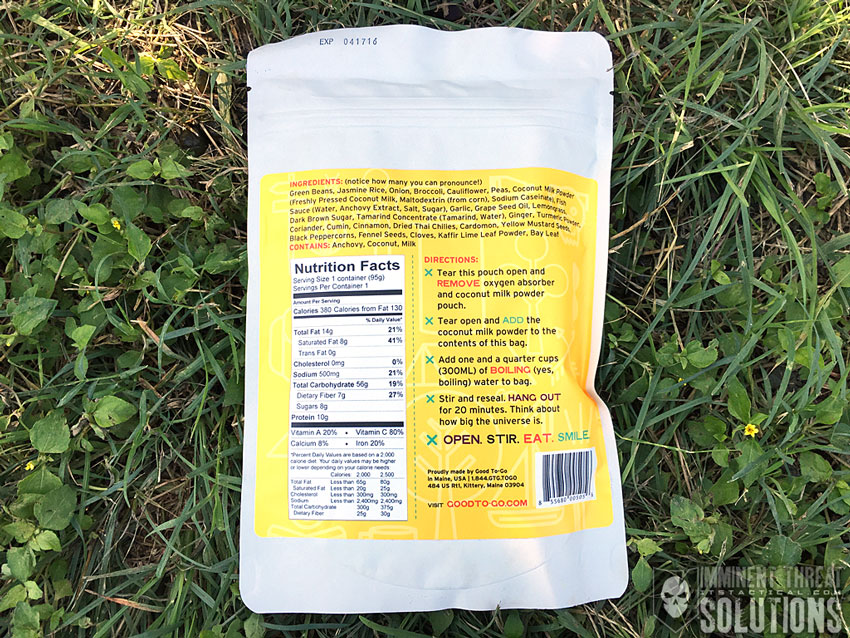


Good To-Go – Thai Curry
- Consistency: 6
- Appearance: 10
- Texture: 7
- Ease of Prep: 8
- Prep Time: 5
- Portability: 10
- Packaging: 10
- Taste: 10
- Satisfaction: 10
- Fulfillment: 7
- Overall Score: 83 out of 100
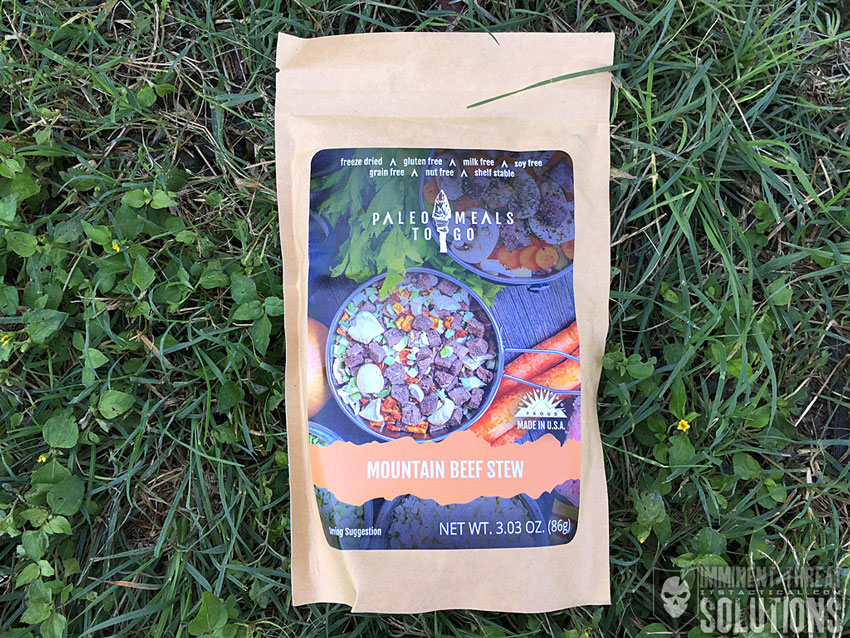
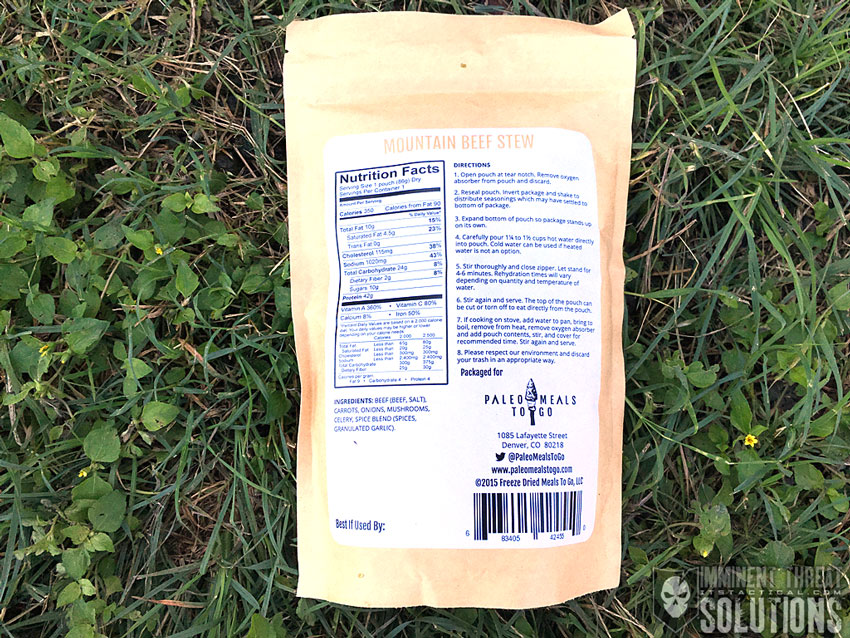


Paleo Meals To Go – Mountain Beef Stew
- Consistency: 9
- Appearance: 10
- Texture: 10
- Ease of Prep: 10
- Prep Time: 10
- Portability: 10
- Packaging: 9
- Taste: 9
- Satisfaction: 10
- Fulfillment: 10
- Overall Score: 97 out of 100
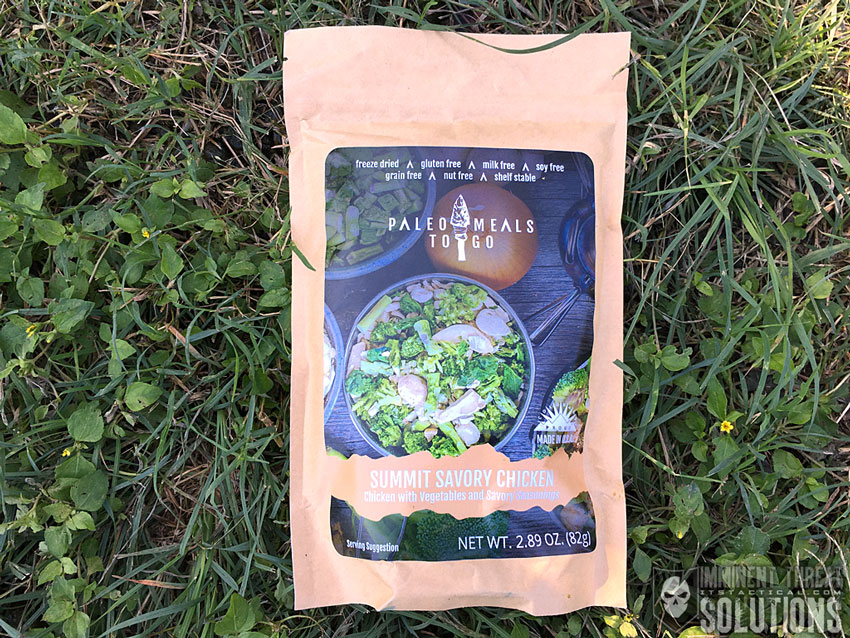
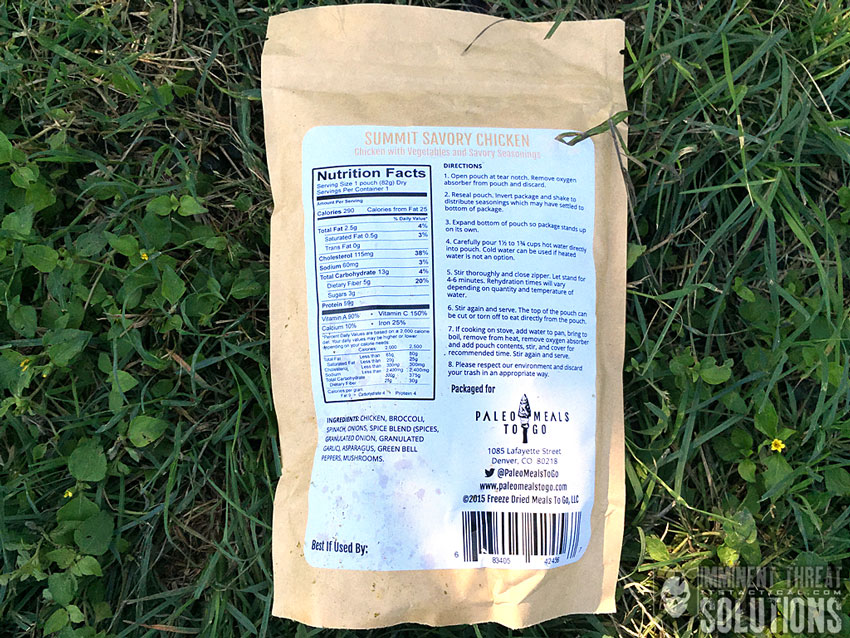


Paleo Meals To Go – Summit Savory Chicken
- Consistency: 10
- Appearance:10
- Texture: 9
- Ease of Prep:10
- Prep Time: 10
- Portability: 10
- Packaging: 9
- Taste: 10
- Satisfaction: 10
- Fulfillment: 10
- Overall Score: 98 out of 100
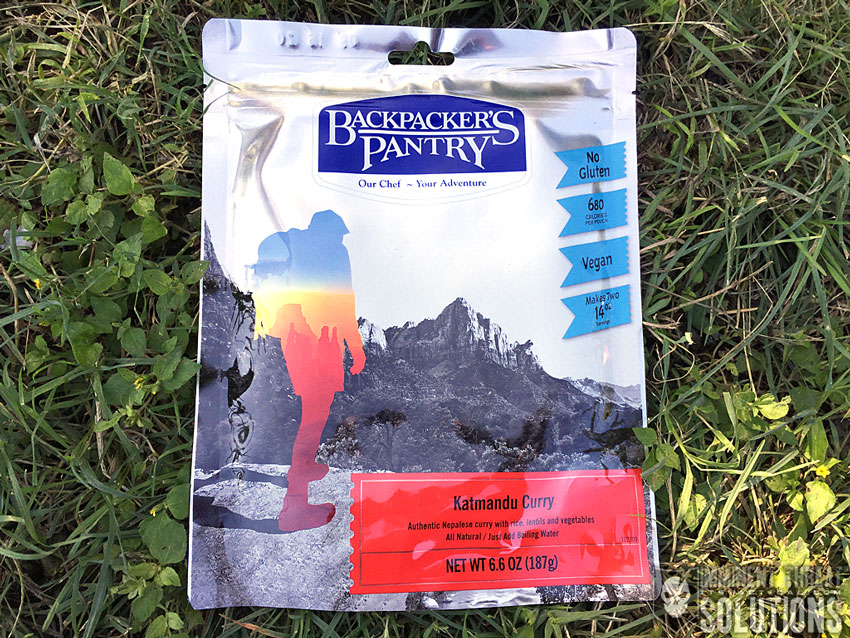
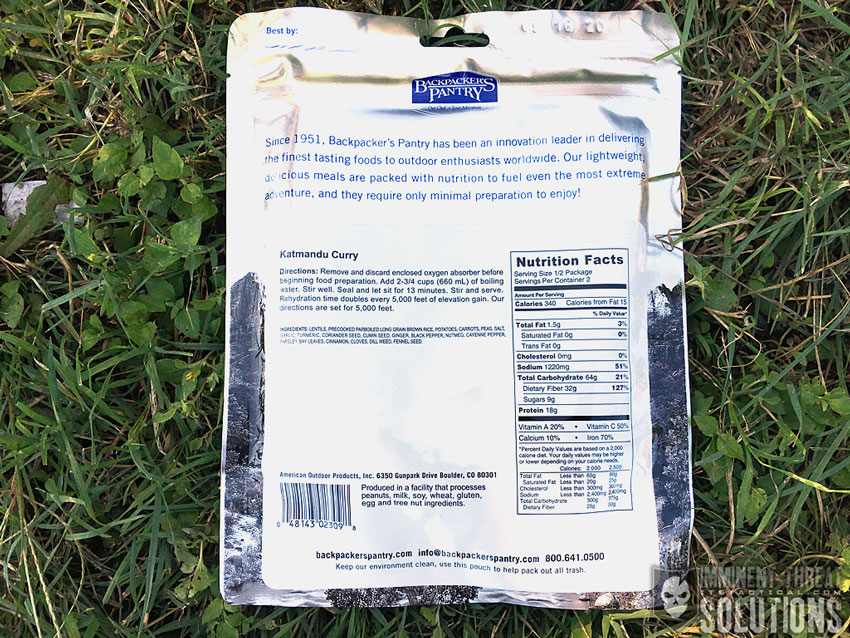


Backpacker’s Pantry – Katmandu Curry
- Consistency: 2
- Appearance: 7
- Texture: 6
- Ease of Prep: 9
- Prep Time: 6
- Portability: 10
- Packaging: 10
- Taste: 8
- Satisfaction: 8
- Fulfillment: 7
- Overall Score: 73 out of 100

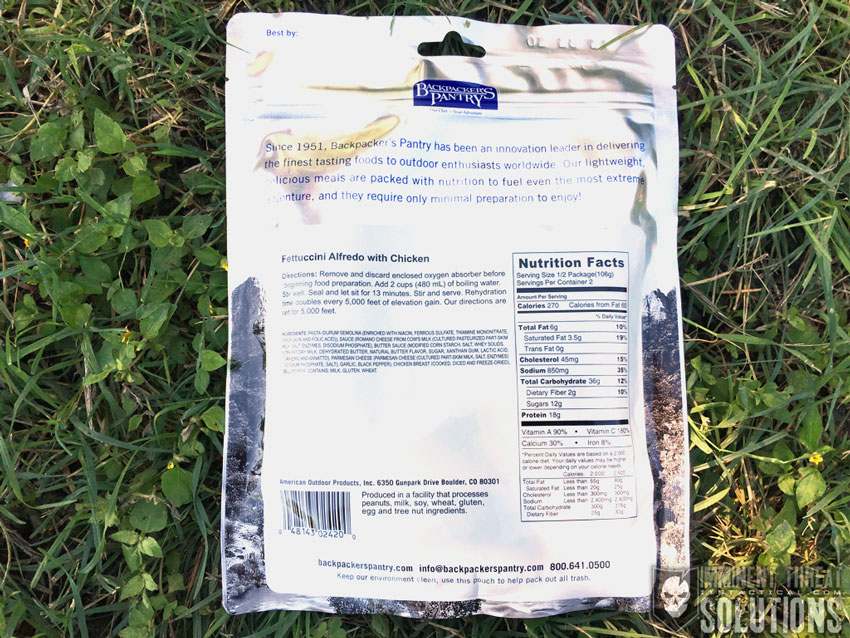


Backpacker’s Pantry – Fettuccine Alfredo with Chicken
- Consistency: 10
- Appearance: 10
- Texture: 10
- Ease of Prep: 9
- Prep Time: 6
- Portability: 10
- Packaging: 10
- Taste: 10
- Satisfaction: 10
- Fulfillment: 10
- Overall Score: 95 out of 100
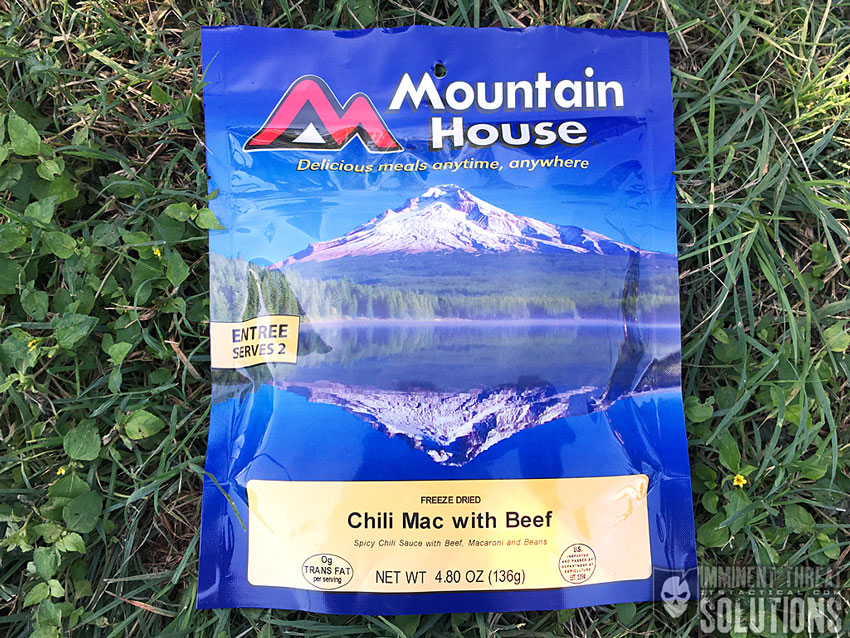
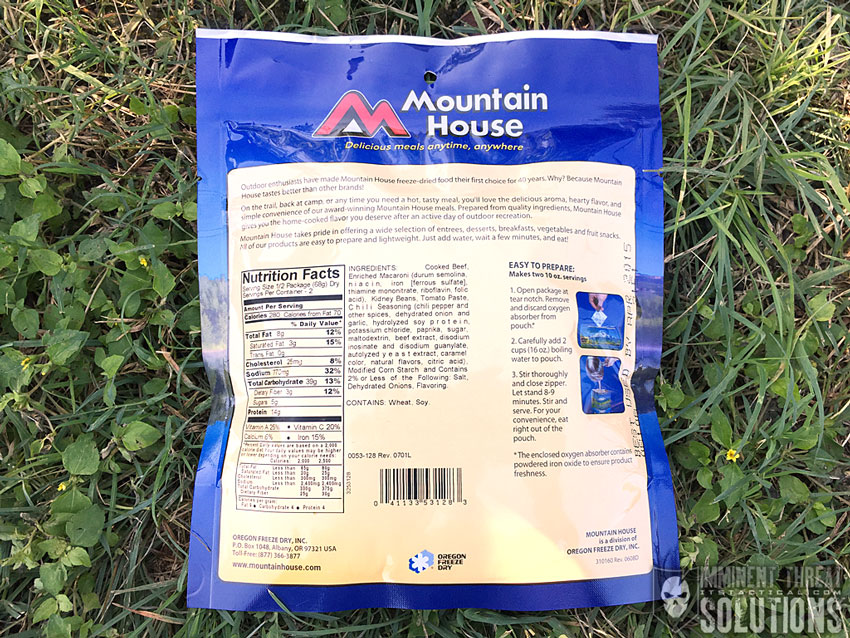


Mountain House – Chili Mac with Beef
- Consistency: 4
- Appearance: 4
- Texture: 9
- Ease of Prep: 9
- Prep Time: 7
- Portability: 10
- Packaging: 10
- Taste: 8
- Satisfaction: 7
- Fulfillment: 10
- Overall Score: 78 out of 100
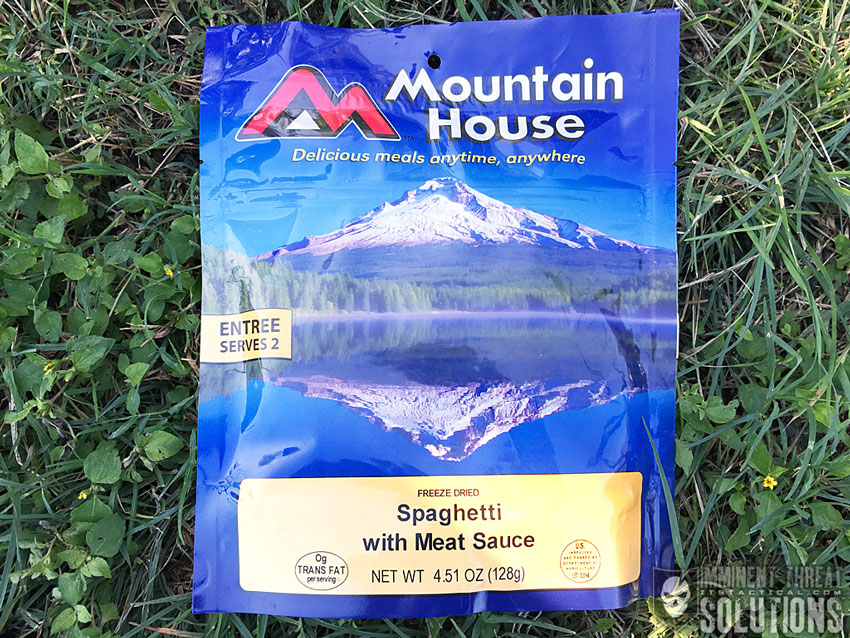
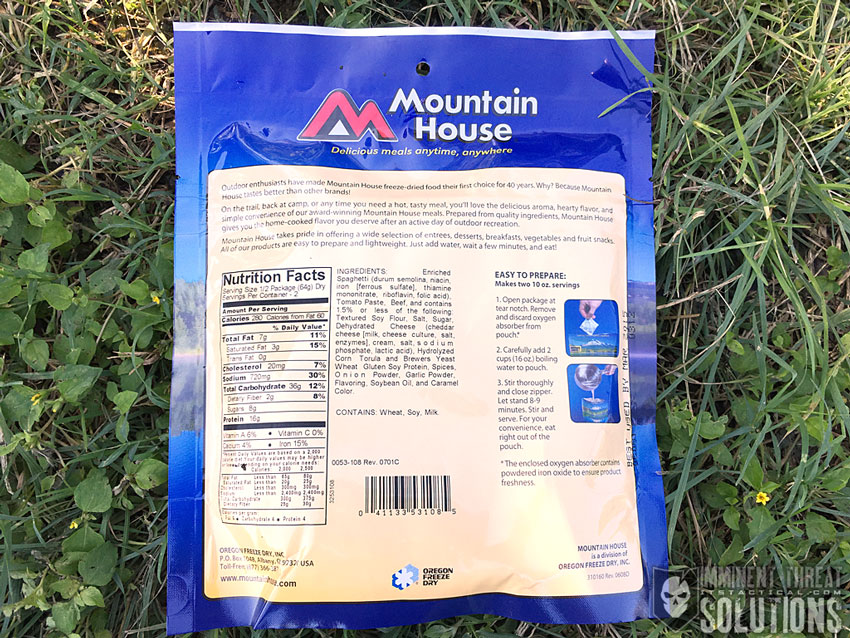


Mountain House – Spaghetti with Meat Sauce
- Consistency: 4
- Appearance: 2
- Texture: 4
- Ease of Prep: 9
- Prep Time: 7
- Portability: 10
- Packaging: 10
- Taste: 5
- Satisfaction: 5
- Fulfillment: 7
- Overall Score: 63 out of 100

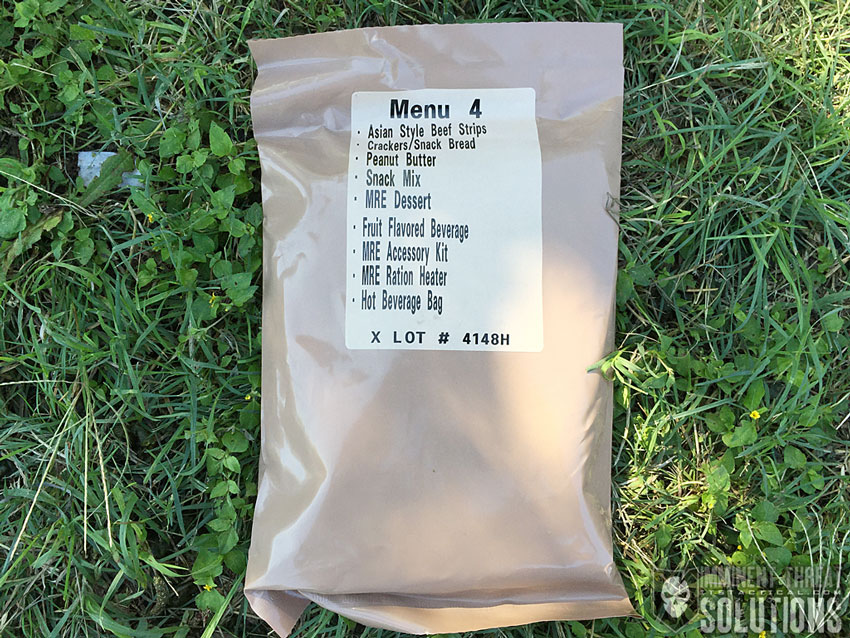
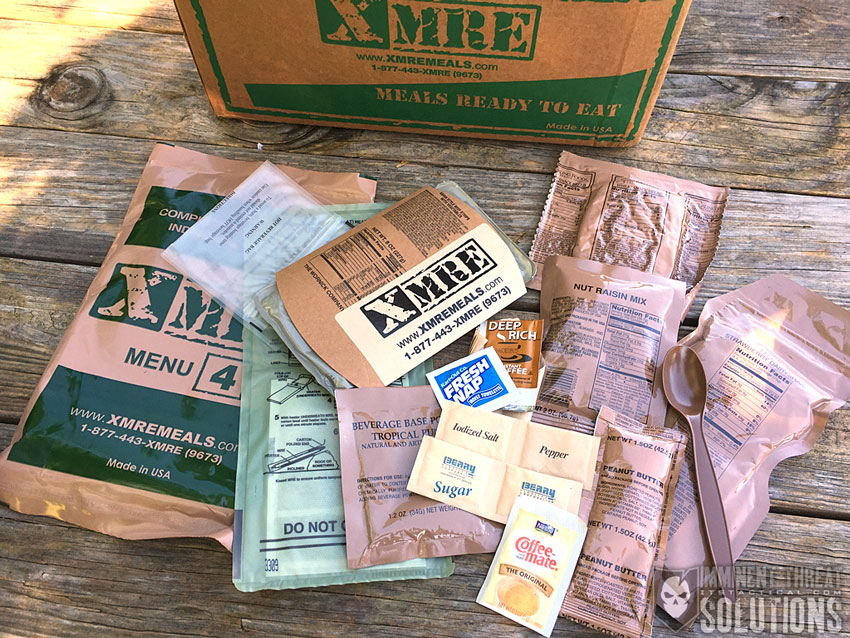

XMRE – Asian Style Beef Strips (Menu 4)
- Consistency: 8
- Appearance: 10
- Texture: 10
- Ease of Prep: 10
- Prep Time: 8
- Portability: 10
- Packaging: 10
- Taste: 10
- Satisfaction: 10
- Fulfillment: 10
- Overall Score: 96 out of 100
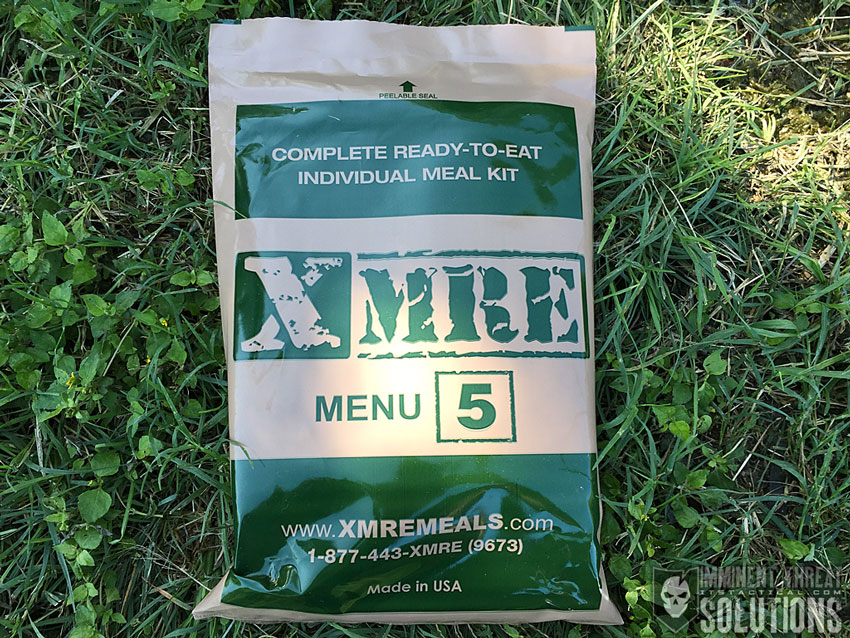
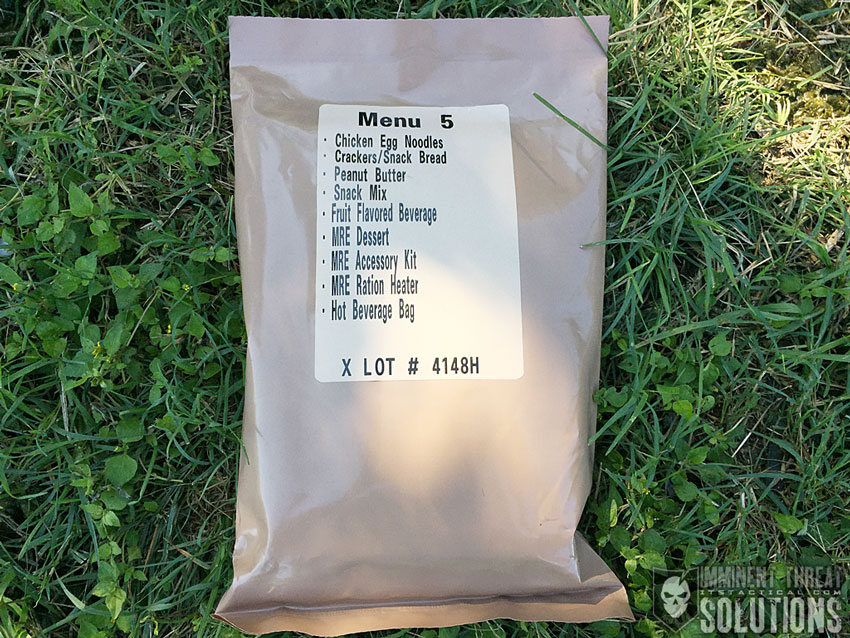
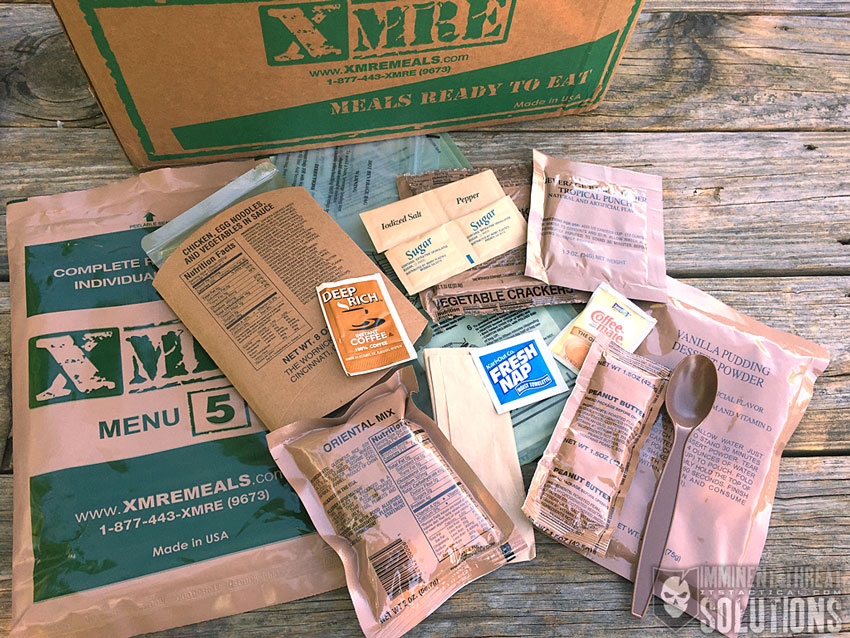

XMRE – Chicken Egg Noodles (Menu 5)
- Consistency: 9
- Appearance: 7
- Texture: 8
- Ease of Prep: 10
- Prep Time: 8
- Portability: 10
- Packaging: 10
- Taste: 7
- Satisfaction: 8
- Fulfillment: 9
- Overall Score: 86 out of 100
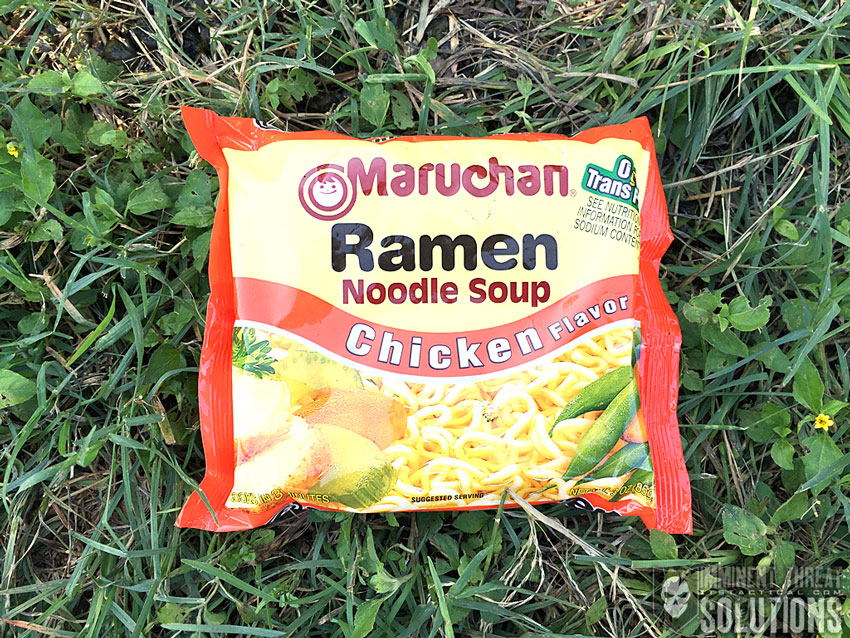
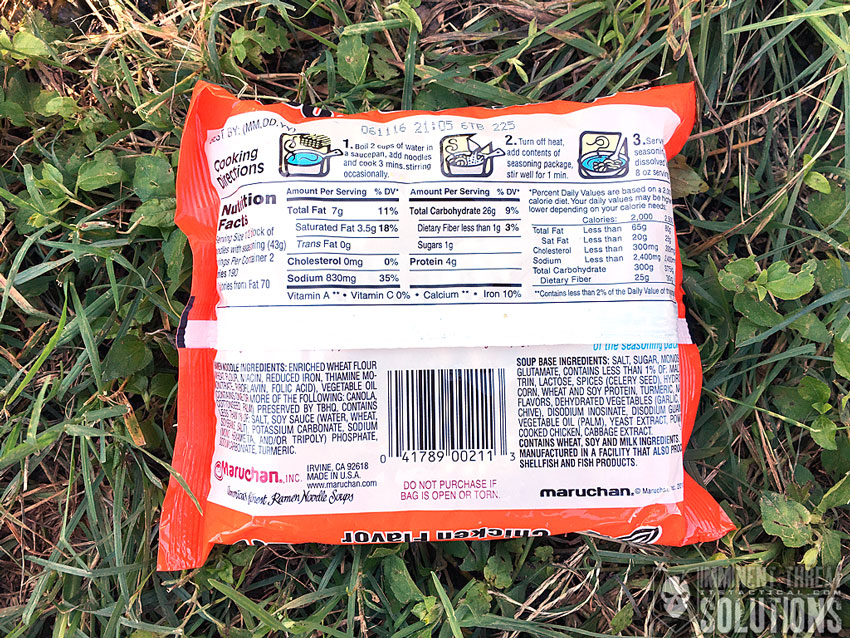
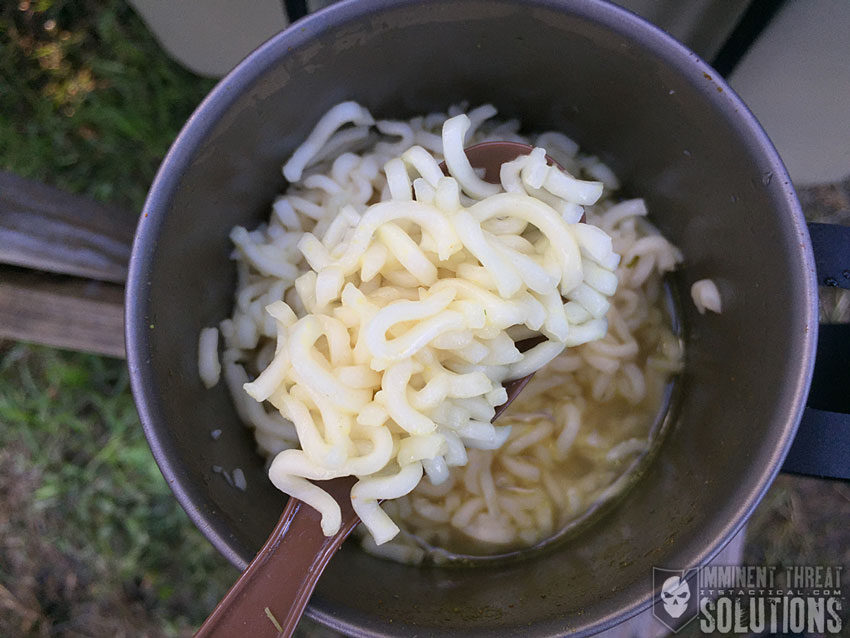
Maruchan Ramen Noodle Soup – Chicken Flavor
- Consistency: 7
- Appearance: 8
- Texture: 7
- Ease of Prep: 10
- Prep Time: 10
- Portability: 8
- Packaging: 4
- Taste: 7
- Satisfaction: 8
- Fulfillment: 6
- Overall Score: 75 out of 100
Notes
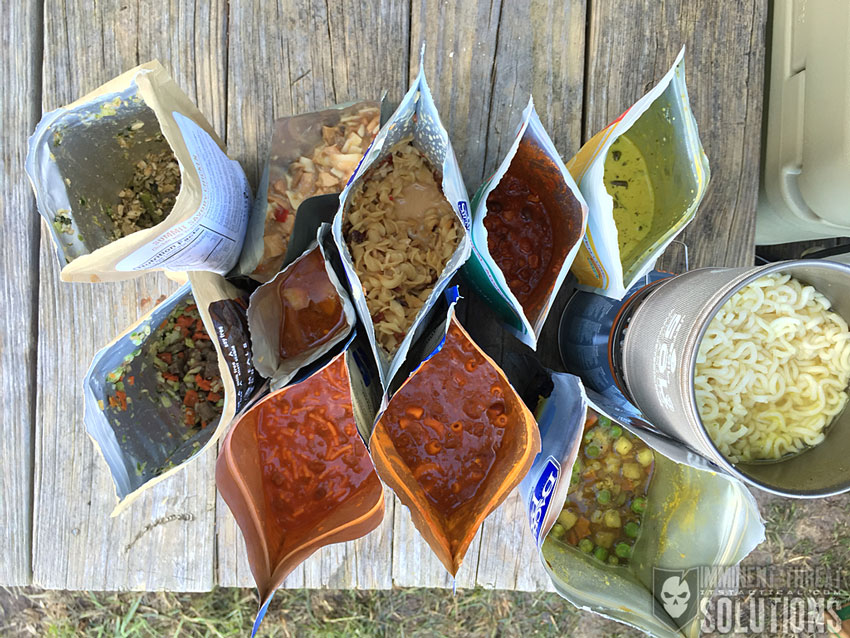
I’d like to explain a few things that I mentioned weren’t evaluated, like weight and shelf life. Weight is relative to the specific meal, as explained above, meaning that one meal from a company might have a different weight than another and to evaluate the meals on this criteria didn’t seem right.
If your outdoor adventure requires you to count ounces, your best bet is to bring your scale with you to the outdoor store and weigh the particular meal for yourself. Also look at Pro-Paks from Mountain House, which are vacuum packed options for the weight conscious.
Shelf life is an ever changing variable as well and some companies publish the date that it’s best to use by and others don’t. Always defer to the company’s website for the most updated information if a date isn’t printed.
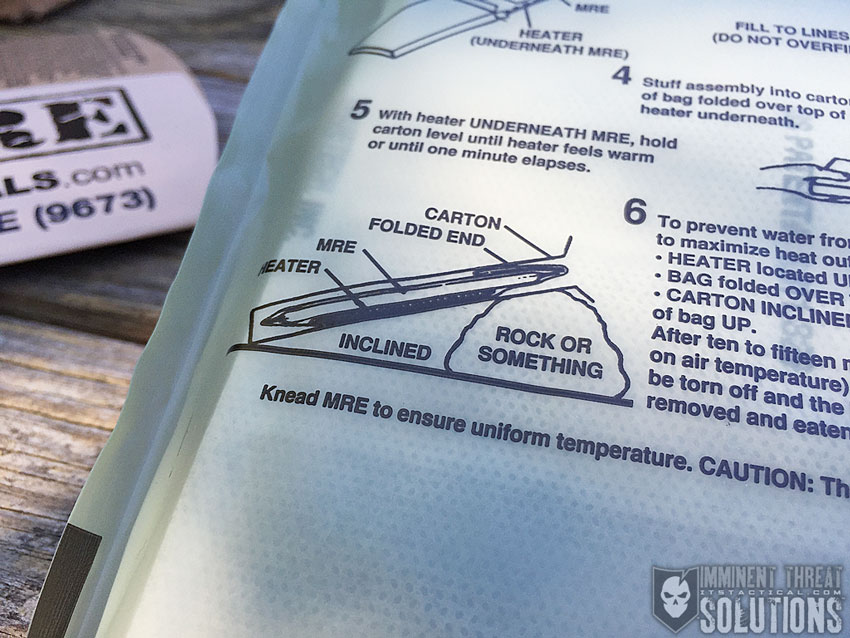
I didn’t really mention my reasoning for including MREs much, but I felt that not including them in a comparison of outdoor meals was sacrilegious, considering what a complete meal they are. They’re designed to withstand exposure to the elements and just about any condition you can think of. Warmer storage temperatures reduce the time they can be stored, but come on, they even include a spoon!
Ramen can be a staple for some on the trail, as well as in college. It also just requires boiling water for preparation, but the packaging can come open if you don’t toss it into a ziploc on the trail. A hot cup of Ramen can be extremely satisfying after a long day of hiking, but I can’t say it tops a full-on meal like some we’ve included in this write-up.
Something that every one of us involved in this comparison loved, is that we’d never done anything like it as avid outdoorsmen. We’ve all eaten plenty of backpacking meals, but actually sitting down and comparing them was an eye-opening experience and a great way to really find out the “why” of what makes one meal better than another. I’d highly recommend buying a few meals and trying this out for yourself it if you have the resources and time.
I hope you’ve enjoyed our comparison and that it will lead you to better decisions next time you’re in need of meal options for your outdoor adventures. This comparison is something we’ll definitely do again and your feedback will help us make it even better next time. Let us know your thoughts by leaving a comment below.








